By Susan Pringle and James Macaulay
We held our third Powwow NOTB at our host’s offices in Edinburgh (Aegon) where we enjoyed cream scones (jam first if anyone is interested). The survey sent out covered a wide range of topics but top of the list were file reviews, how do you build a relationship, income drawdown and sustainability, and risk profiling.
We covered file reviews first and had a round table discussion looking at what we need on a compliant file and built a list:
- Objectives
- Capacity for loss, knowledge, approach and risk required
- Research
- Reports
- Factfind (hard facts) and filenotes (soft facts)
- Cashflow
It was almost universally agreed that obtaining the client objectives was often the most difficult to obtain from advisers and that discussion with the adviser was so important to get those nuggets of information that makes a paraplanner’s life much simpler.
We liked the suggestion that a file should have a peer review and not just a compliance consultant’s audit, and that this could bring a more consistent approach across a firm. Risk profiling and the various methods firms used to measure this was discussed, and even with the numerous suggestions, it was also agreed that so long as a consistent approach was taken, and that the process was used, the profile discussion that the adviser has with the client can be transposed to a filenote and so into the recommendation.
We also discussed reports and what needs to be included. Several attendees had been along to the Report Writing Howwow in Manchester (100% satisfaction feedback on that) and the content of the report followed the same points we believed made up a compliant file. Using the client’s own words to describe their objectives was given a big thumbs up and ensuring that these were included in the report were a must have along with the risks and costs.
The next topic was Annual Reviews, and MiFID II, and how everyone was coping with this and how it has impacted on what’s required. We did have a good old moan about how it is so difficult to implement the regulations and that no one had a proven method of obtaining the information and keeping the process simple. Everyone agreed that they were adopting a “best endeavour” approach and aiming to get as close to the regulator requirements, but we need platform technology. At this point our hosts wholeheartedly agreed that it was difficult and that they had a lot of sympathy for firms. Continuing suitability was much less of an issue.
We then split into two tribes so that we had smaller groups to get into the nitty gritty of income drawdown and how to build relationships.
James facilitated the income drawdown discussion, and whether there was a need for firm level guidance on what was an appropriate level of income. Most agreed that this was predominantly adviser led. It was interesting to note that natural income was considered old fashioned, and that advisers are now recommending a specific level of withdrawal.
The groups were split over whether a cash reserve was required or whether the whole fund was invested. Use of cashflow was felt key to checking sustainability by several attendees, but everyone agreed that this was a difficult area to get right regardless of the method and technology used. A society of actuary’s report was quoted as having reached the conclusion that 3.5% was sustainable over the longer term, and that Abraham Okusanya’s research was a good source of information for those who wanted to look into it further.
The tribes swapped round and Susan led the discussion about relationships and how to constructively disagree with the adviser and the advice. It was agreed that the relationship with the adviser is so important to be able to challenge and ask more probing questions. Many worked 121 with an adviser, and this helps both parties to get to know the rhythm of the adviser. Where paraplanners worked with a number of advisers, it was important to make sure that you picked up the phone and speak regularly. Ask the questions that might sound silly to ask, but how that often got the adviser to explain their reasoning in layman’s terms and how important that was to the client presentation in a written report.
The attendees would love to spend time in client meetings but it’s not always possible, but that we should encourage the advisers to use our skills in complex cases to allow them to speak to the client. A good point was made about dealing with more junior colleagues, and that explaining what’s required helps our own understanding of what the process is and builds a relationship both ways.
We also thought that providers should be more proactive in addressing paraplanner needs and not just be all about sales. Our hosts Aegon wholeheartedly agreed with this.
The Powwow was brought to a close and wrapped up by encouraging everyone to have a look at the Big Tent as it is where paraplanners help each other, and to have a look at the previous Howwows online. James also put forward the offer by Redmill Consulting to provide AF7 support, and that anyone interested should get in touch with James/Susan.
We’re hoping our next Powwow will cross the M8 to Glasgow and we’re looking forward to meeting new paraplanning groups.
We thought you’d like to see a selection of shots from yesterday’s Paraplanners Powwow so – err – here’s a selection of Ady Kerry’s shots from yesterday’s Paraplanners Powwow.
Plus, here’s an added bonus for you to download – find Neil MacGillivray’s Tax Hackathon slides here and Chris Hubbard’s talk on influencing back at the ranch here and here.
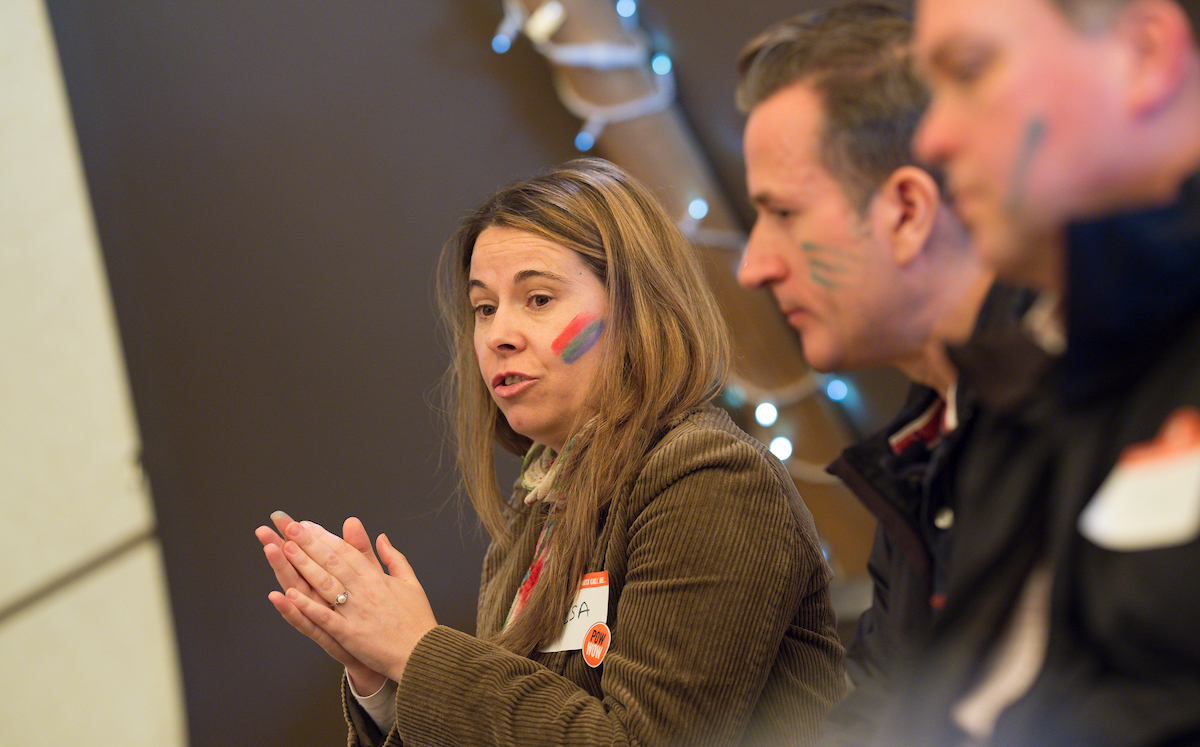
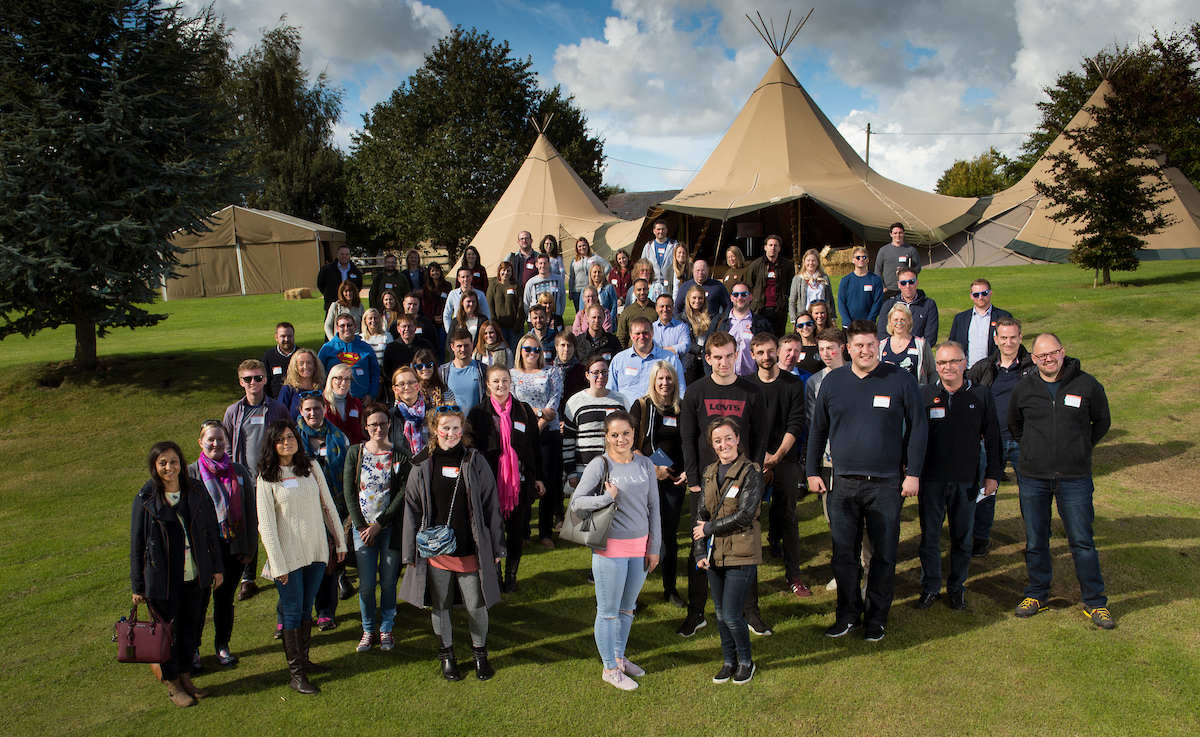
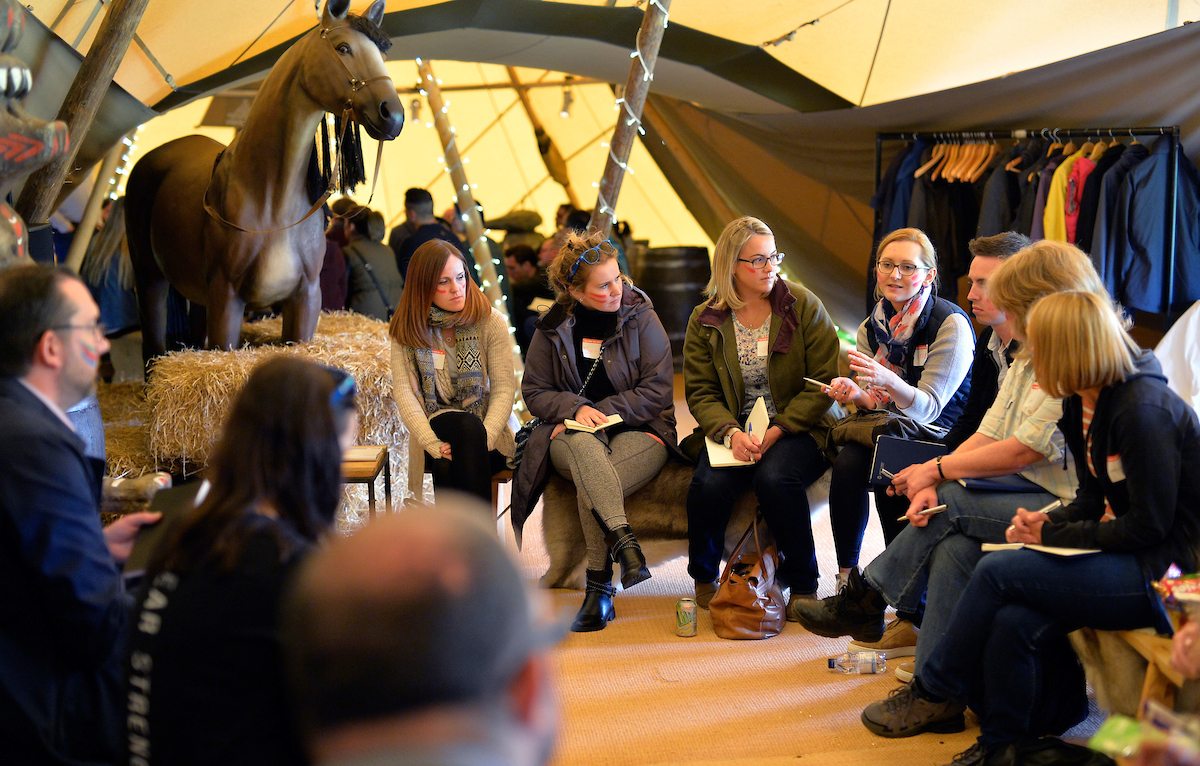
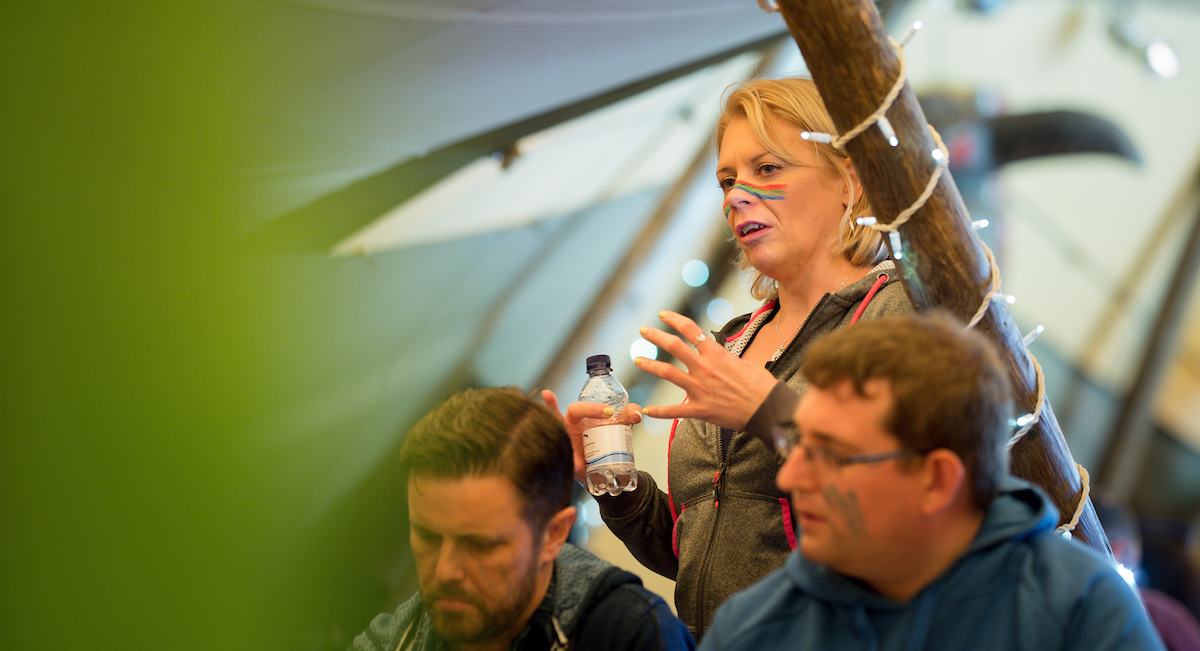
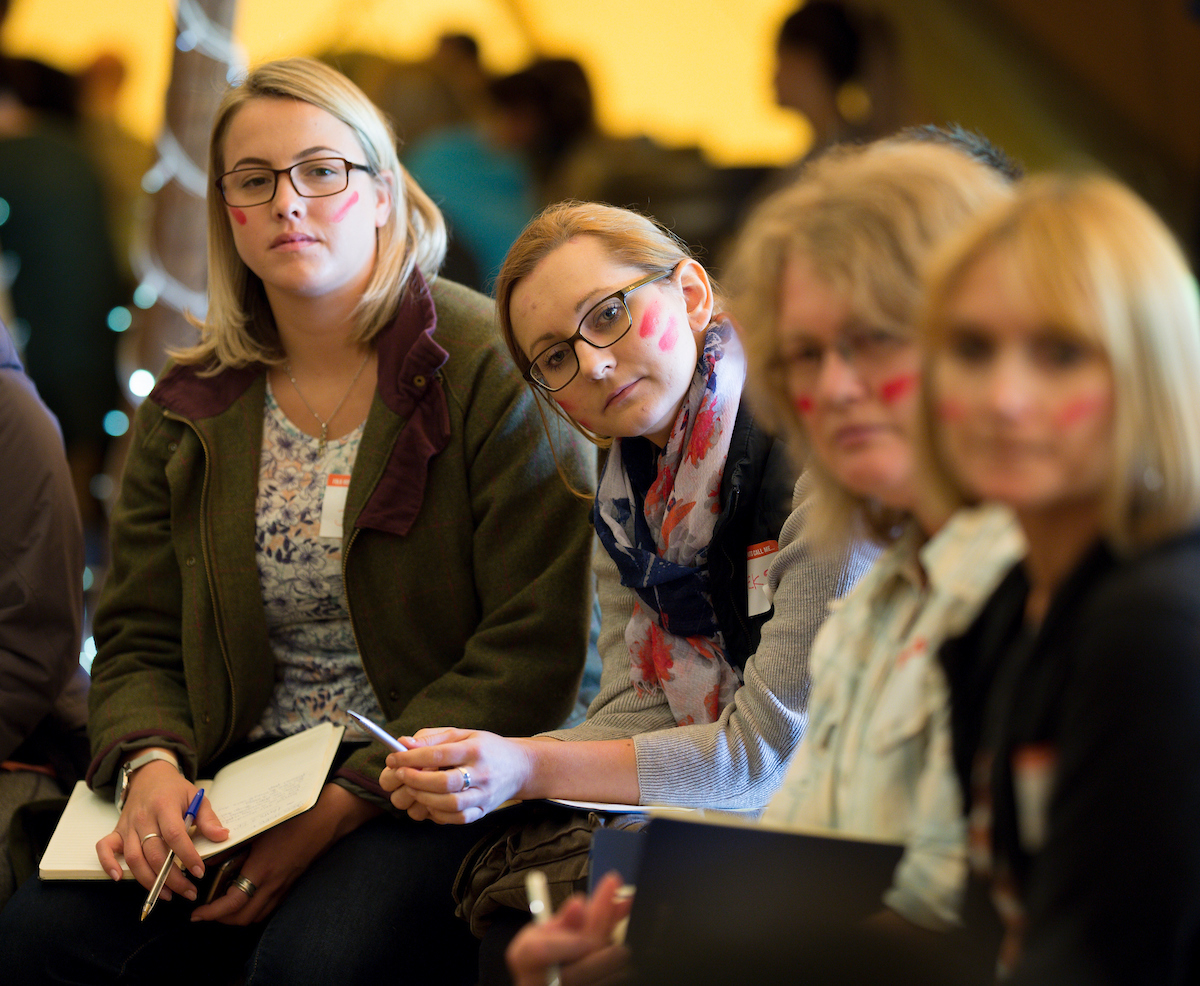
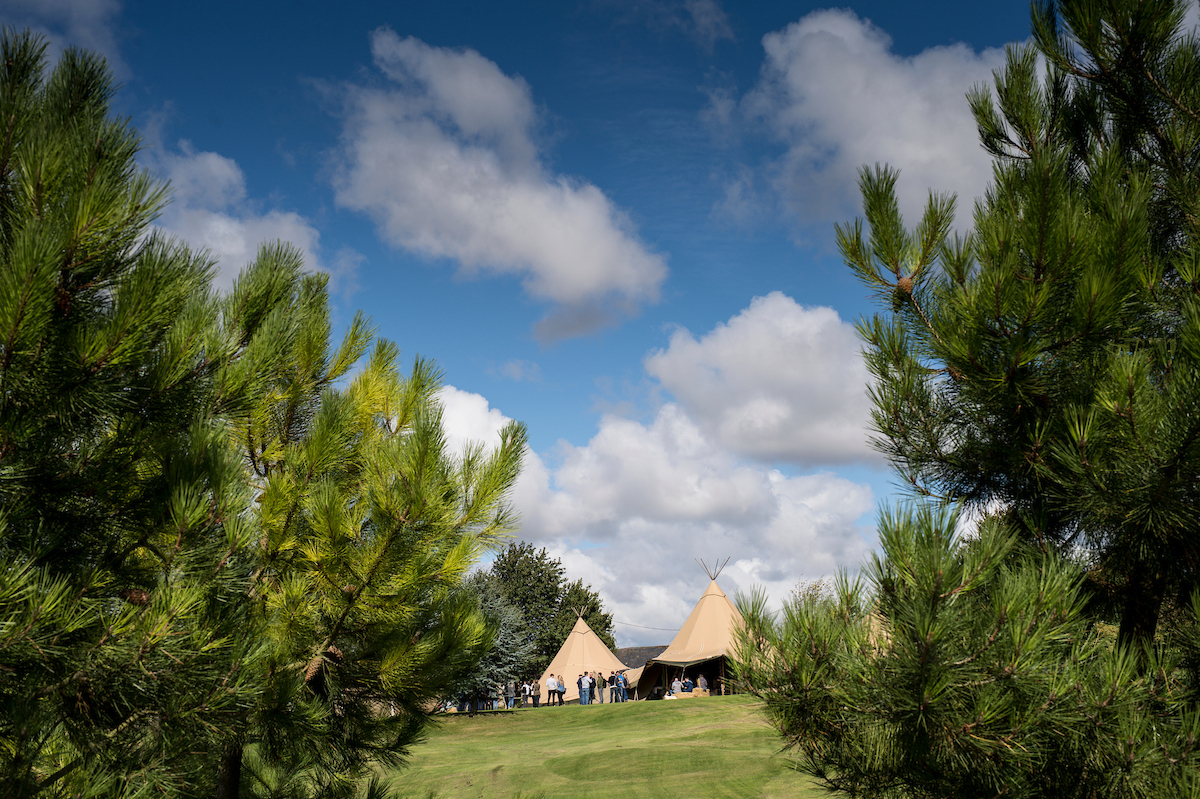
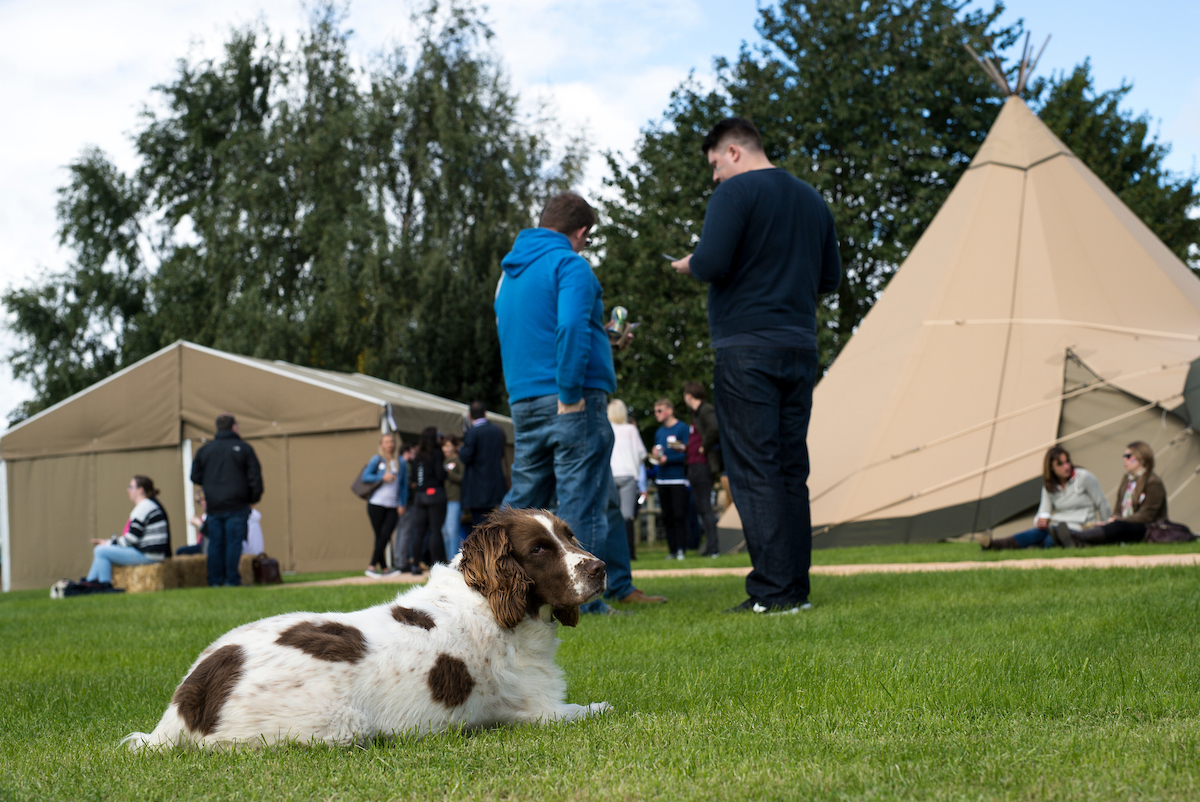
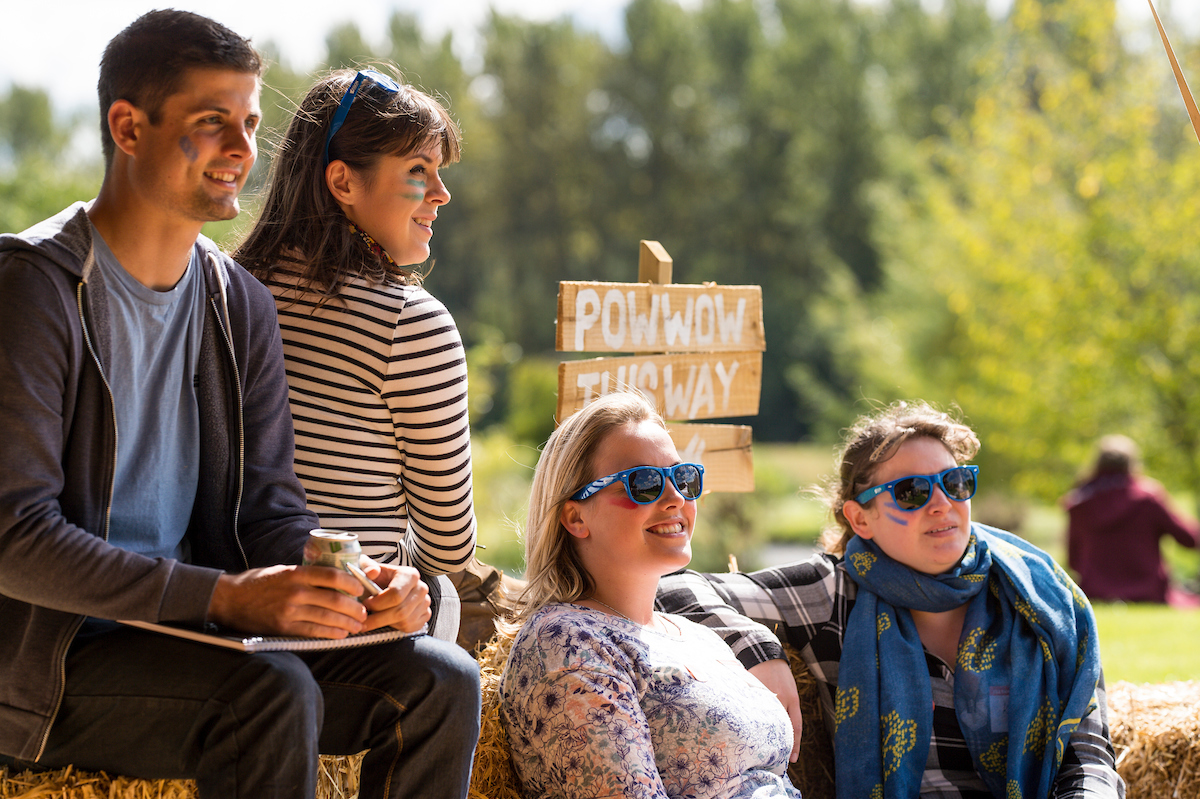
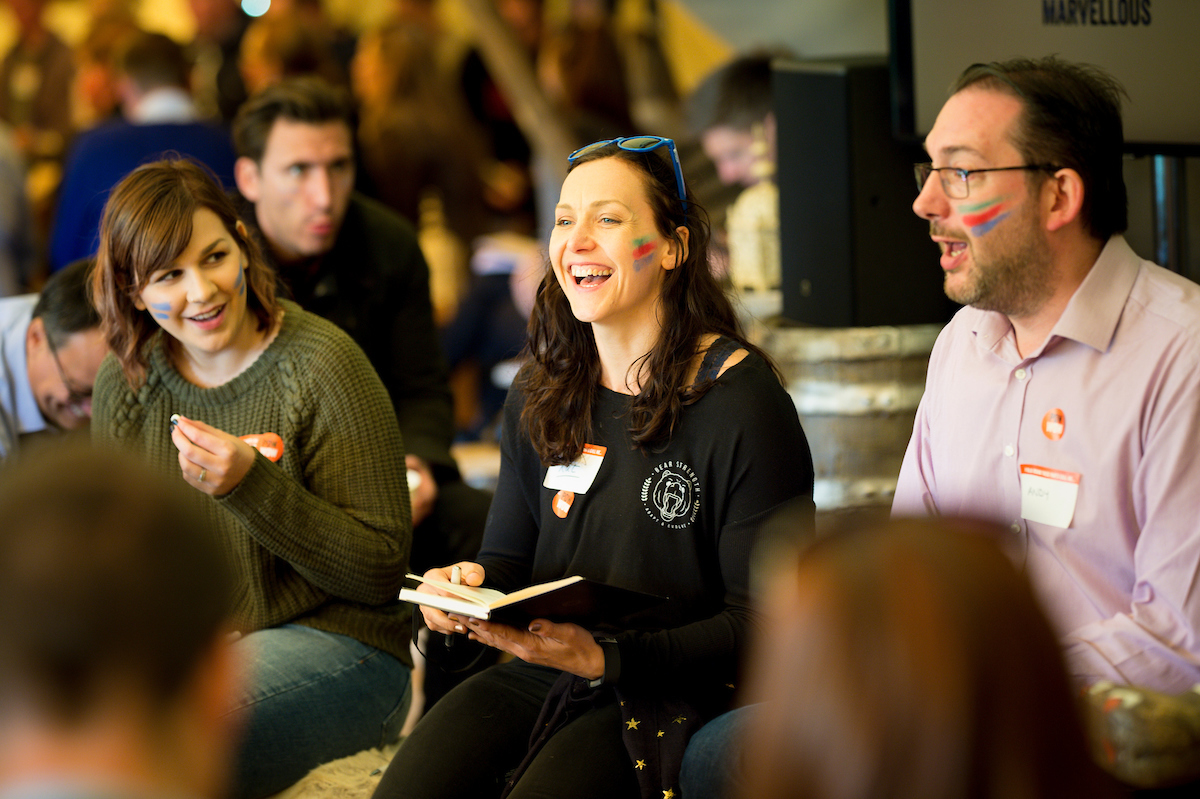
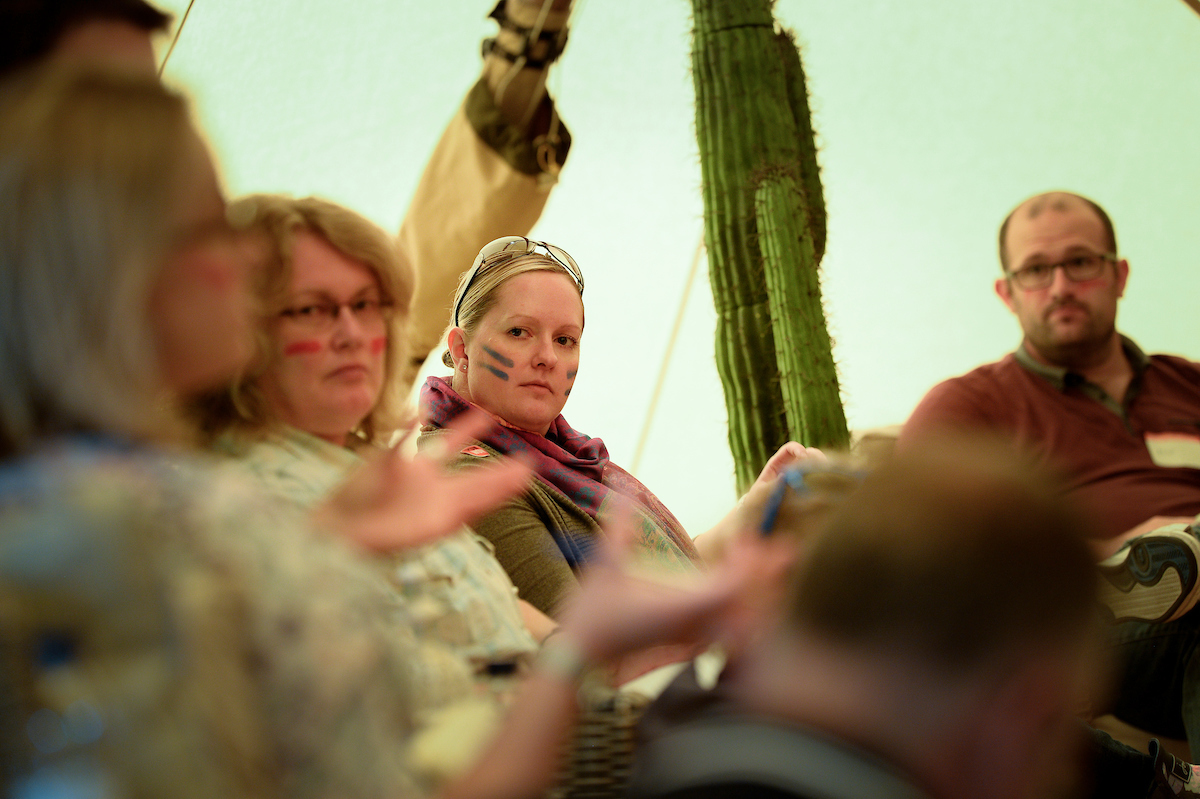
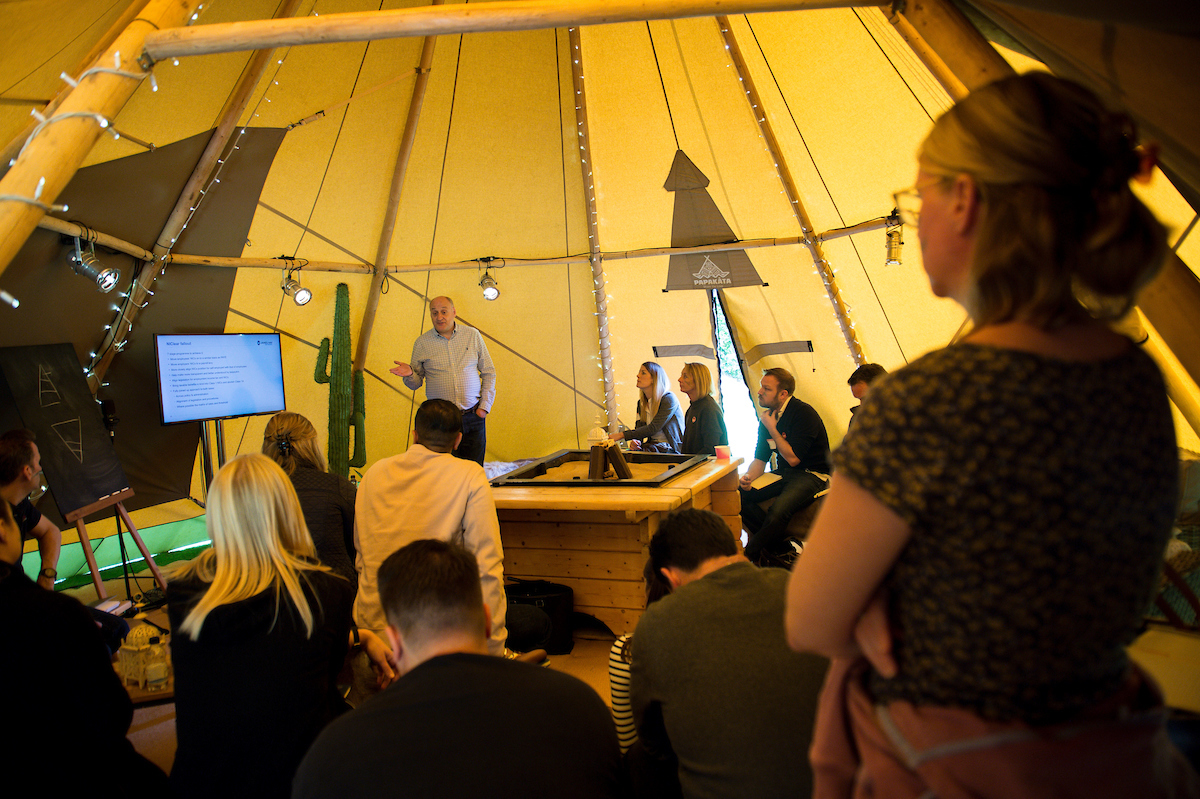
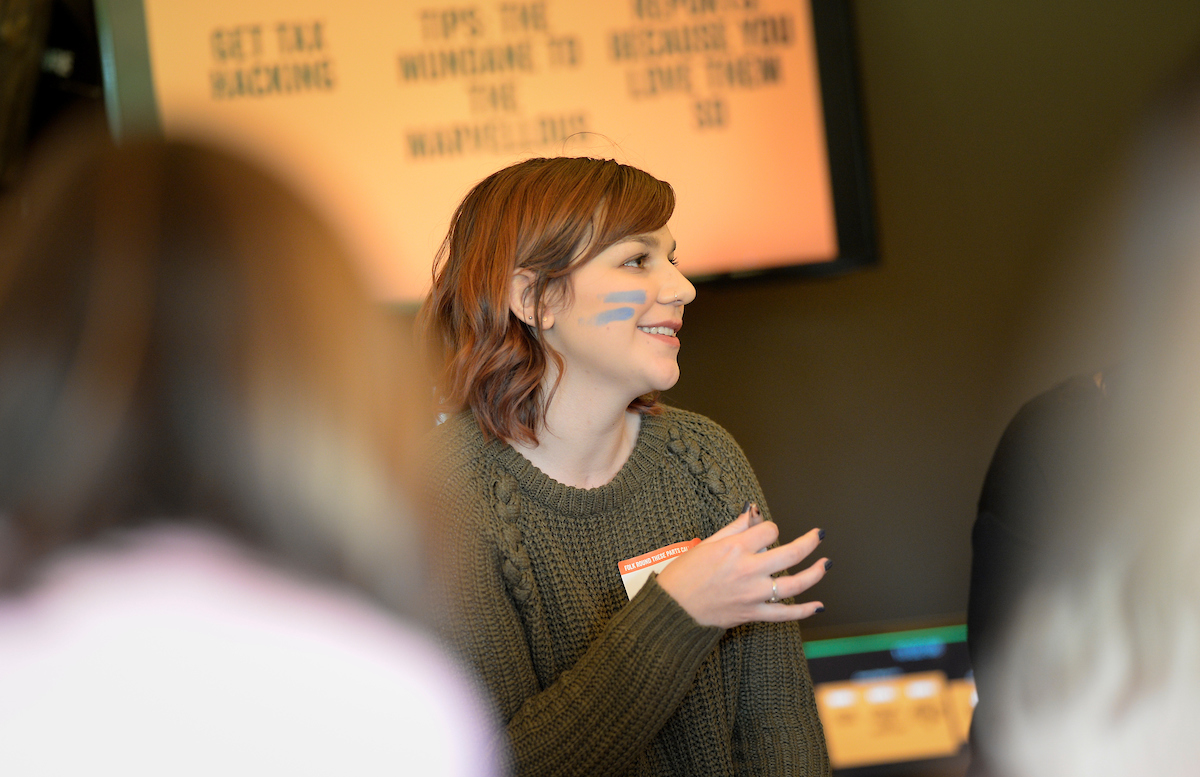
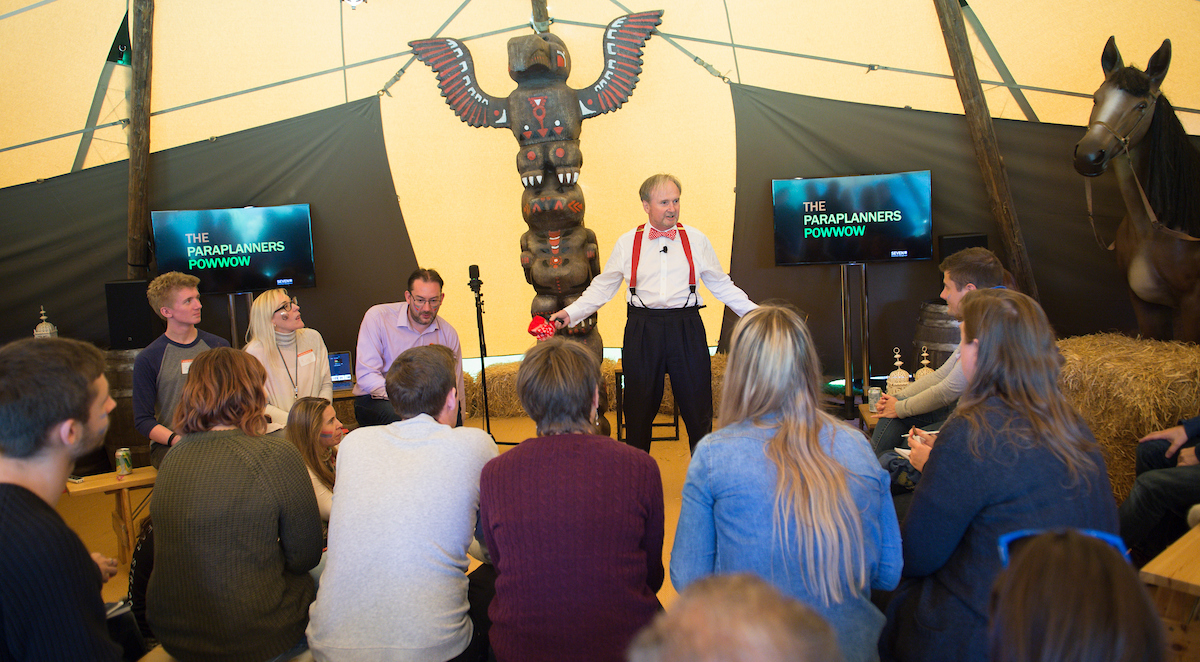
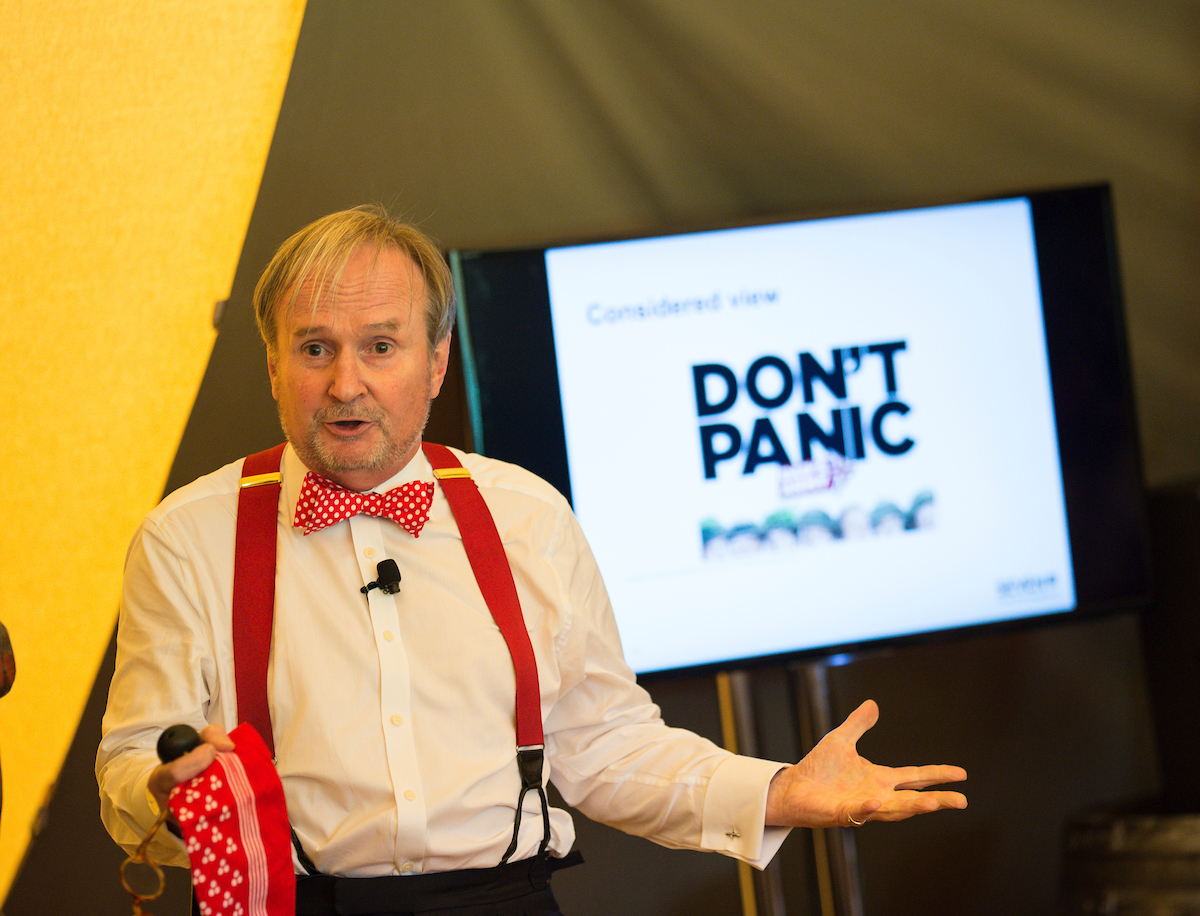
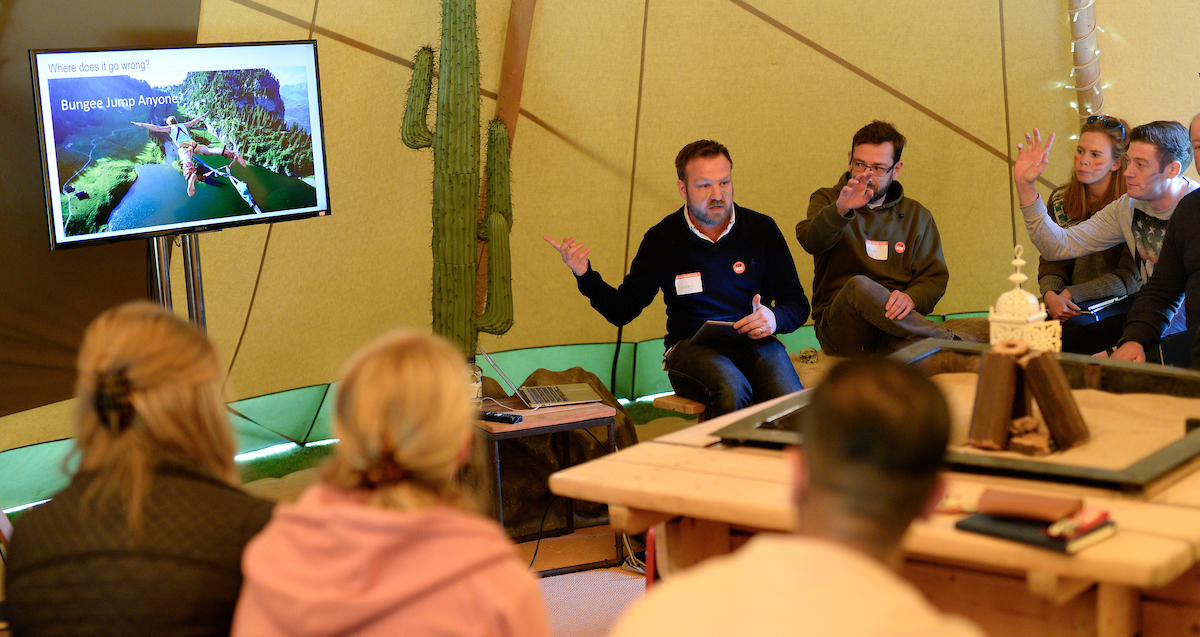
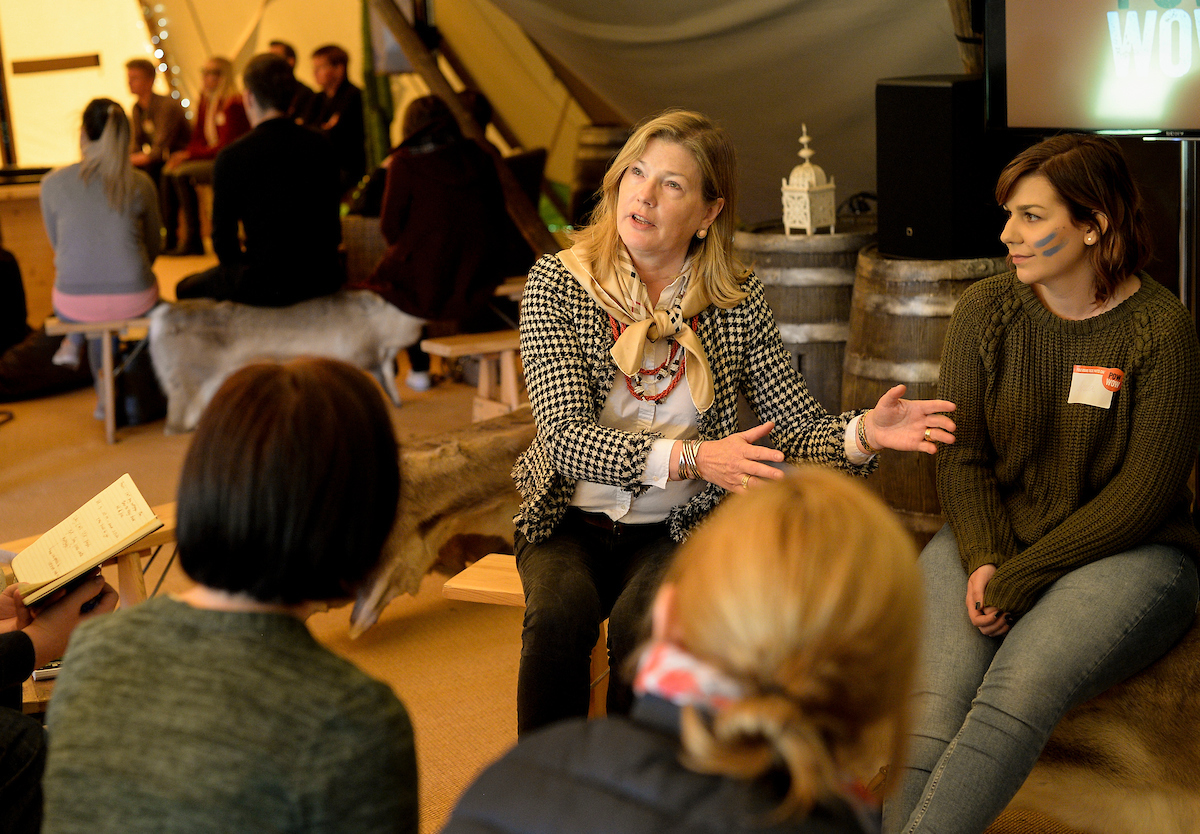
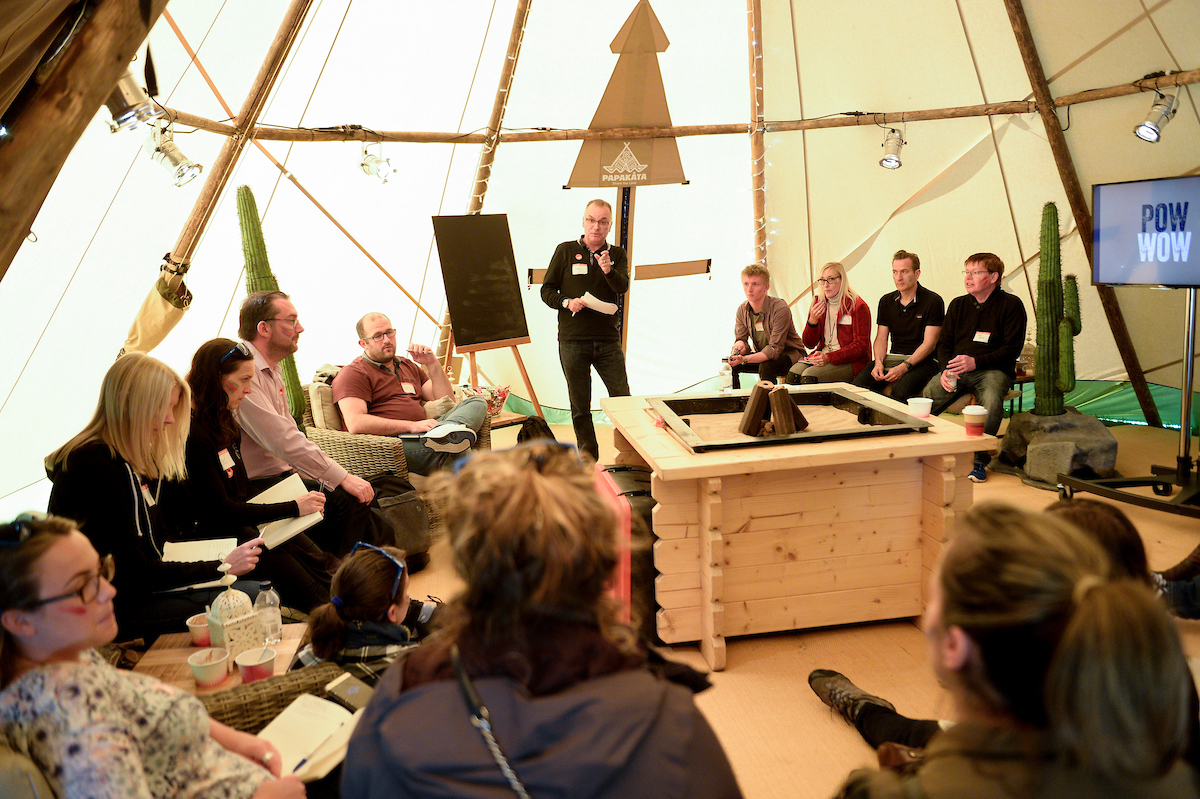
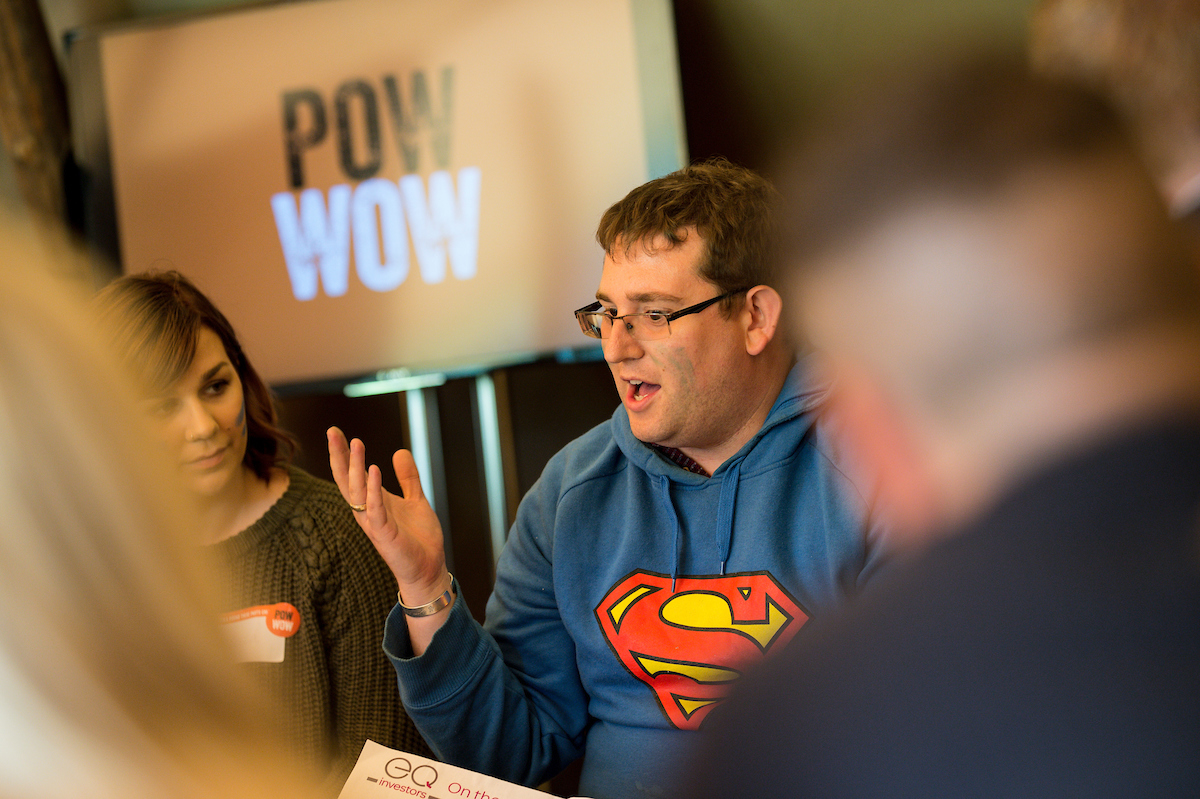
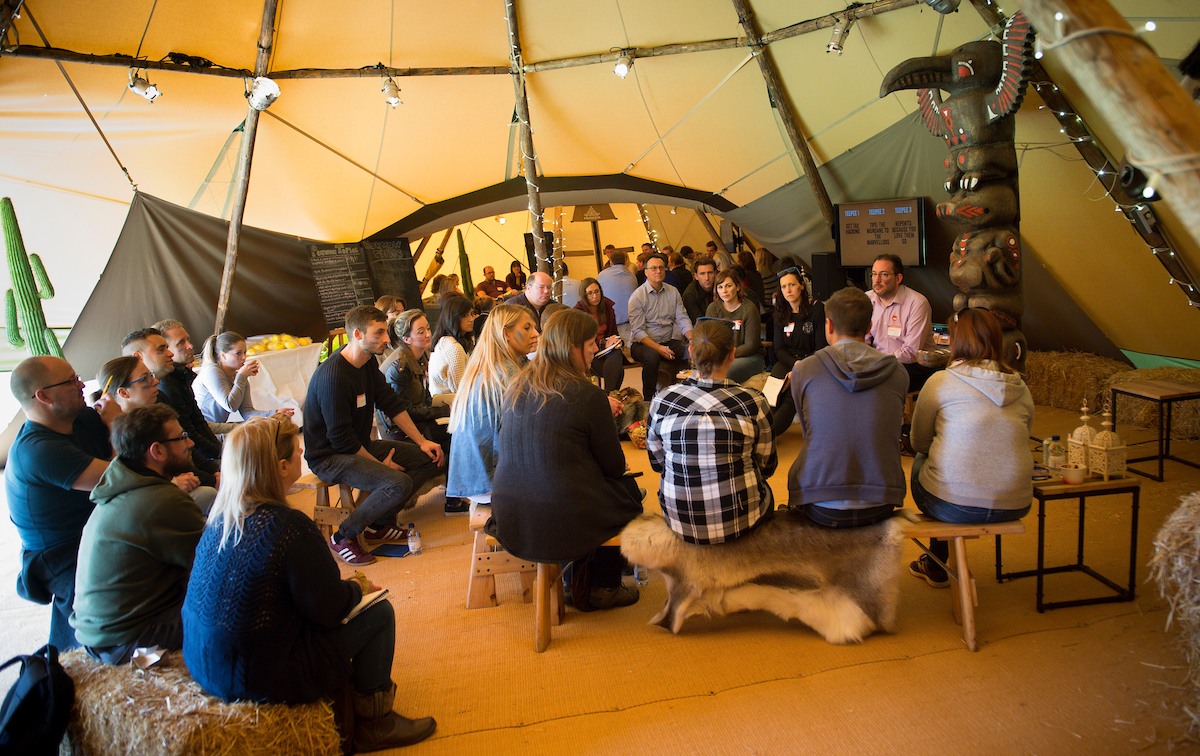
We thought you’d like to see a selection of shots from yesterday’s Paraplanners Powwow so – err – here’s a selection of Ady Kerry’s shots from yesterday’s Paraplanners Powwow…
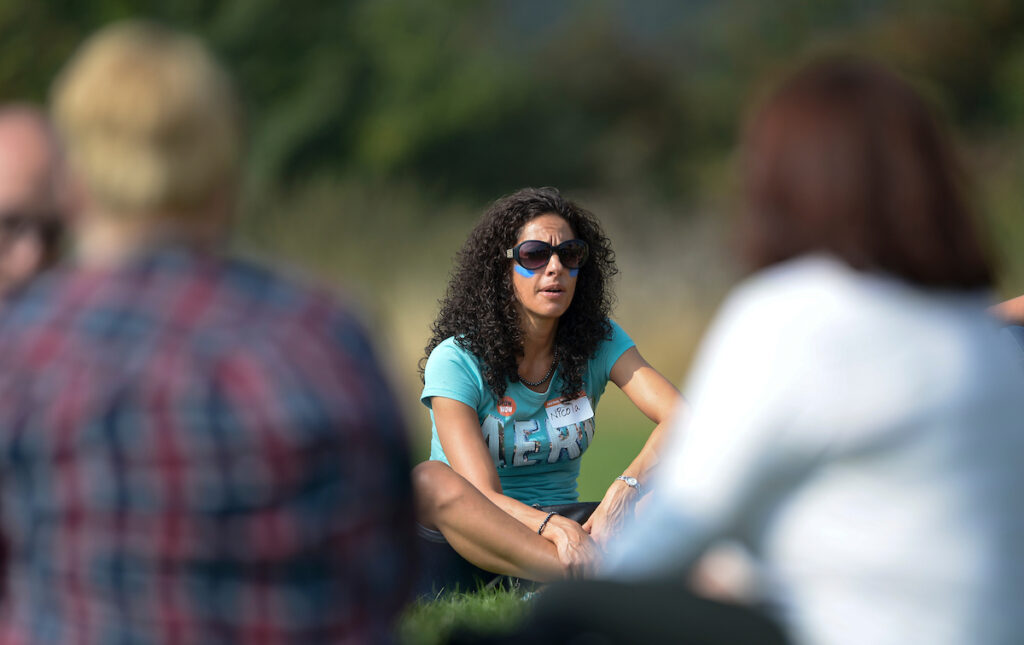
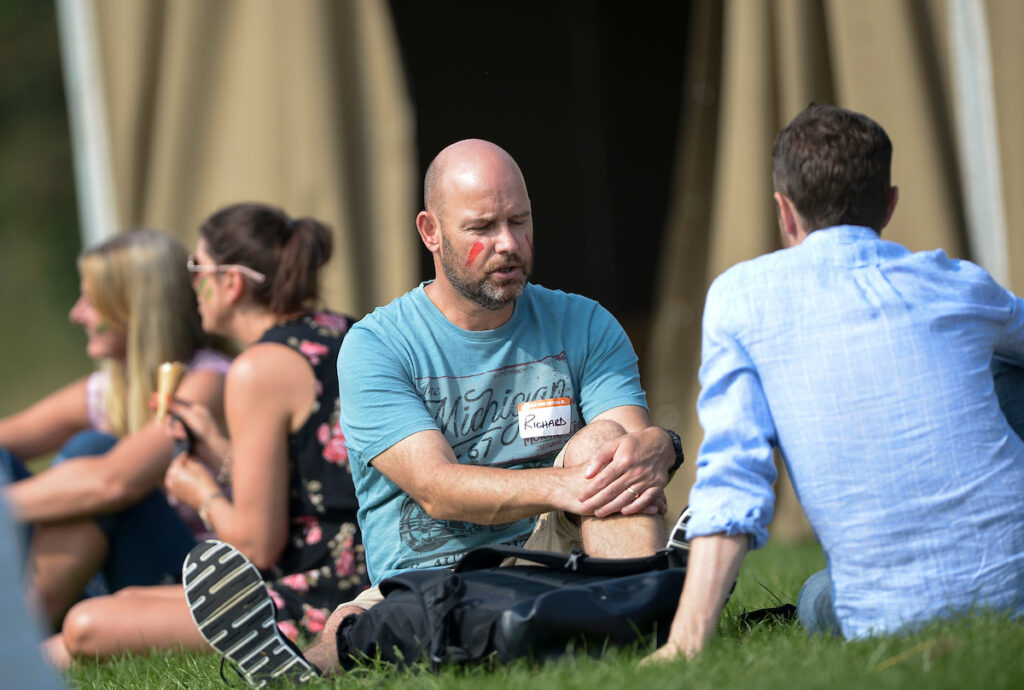
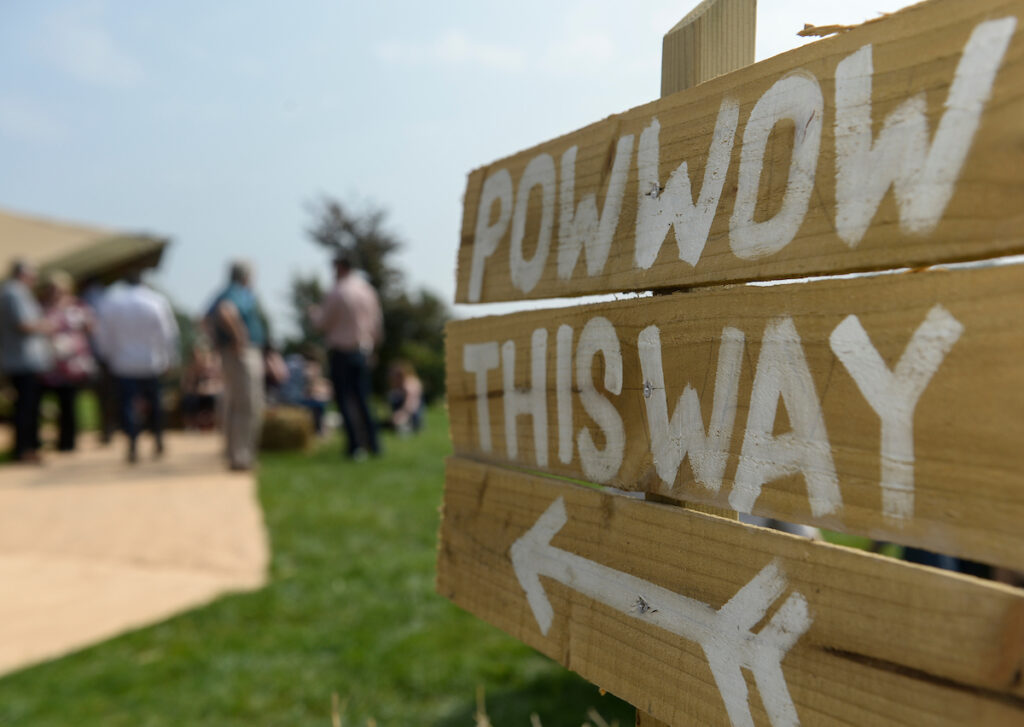
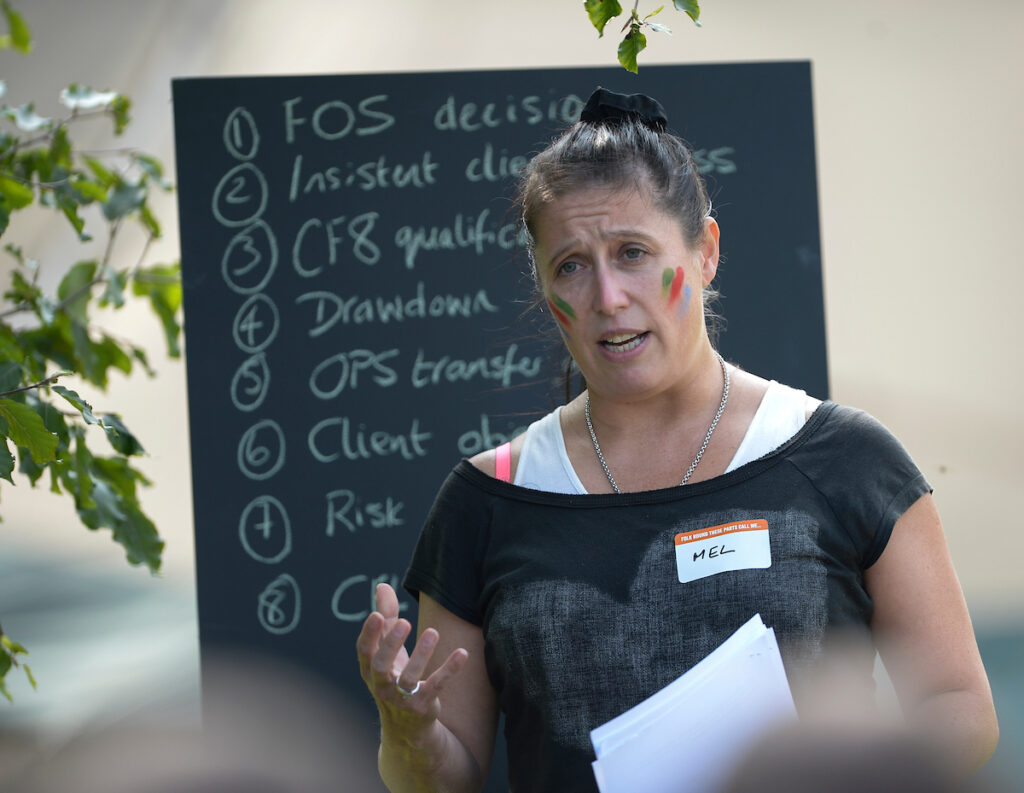
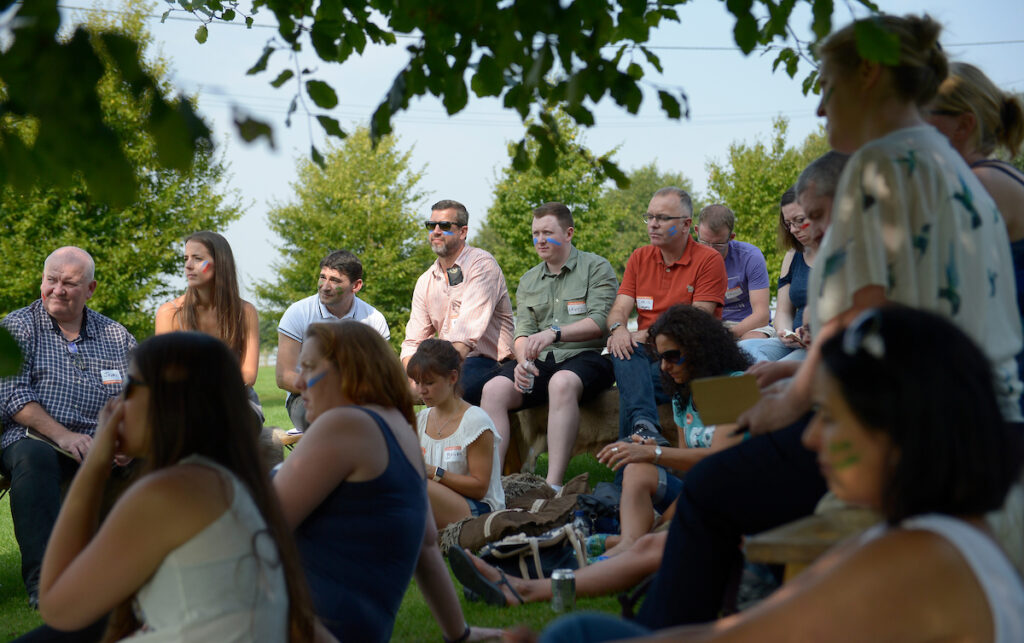
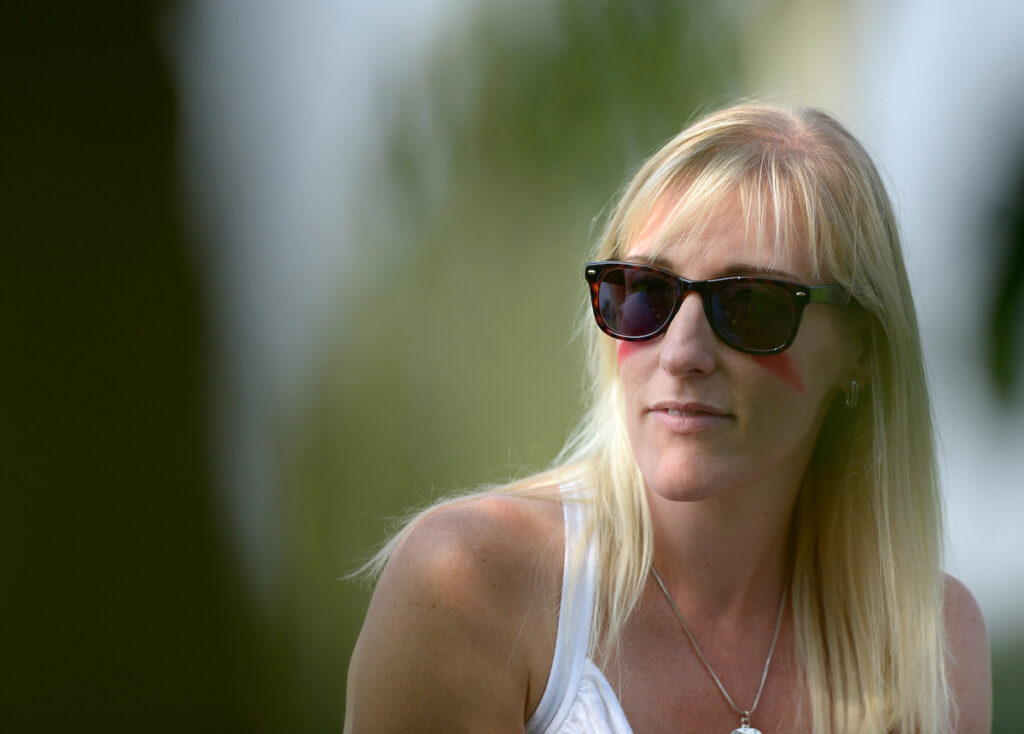
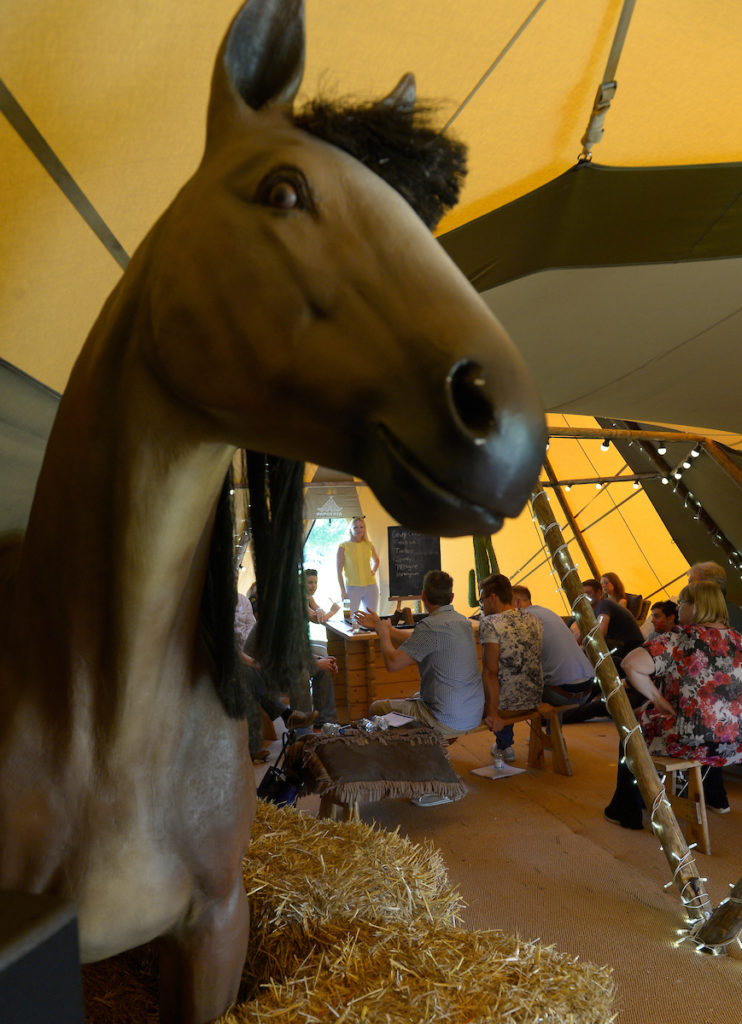
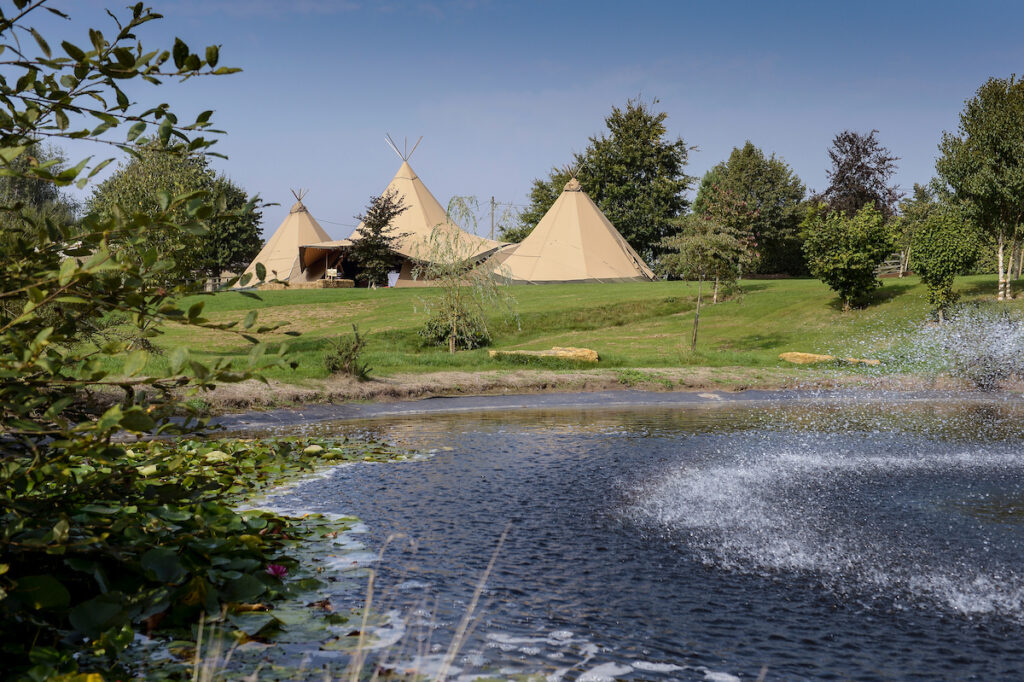


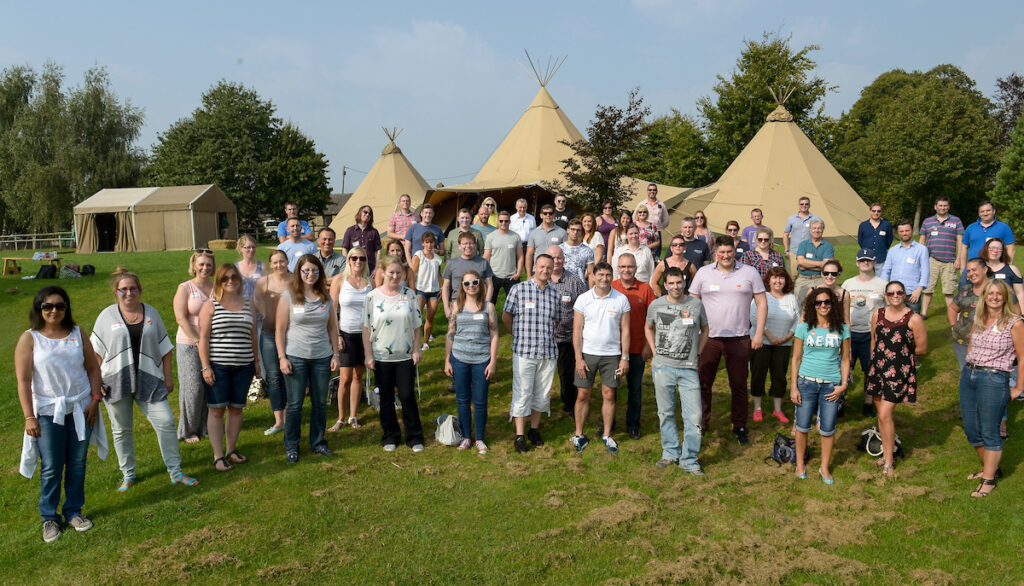
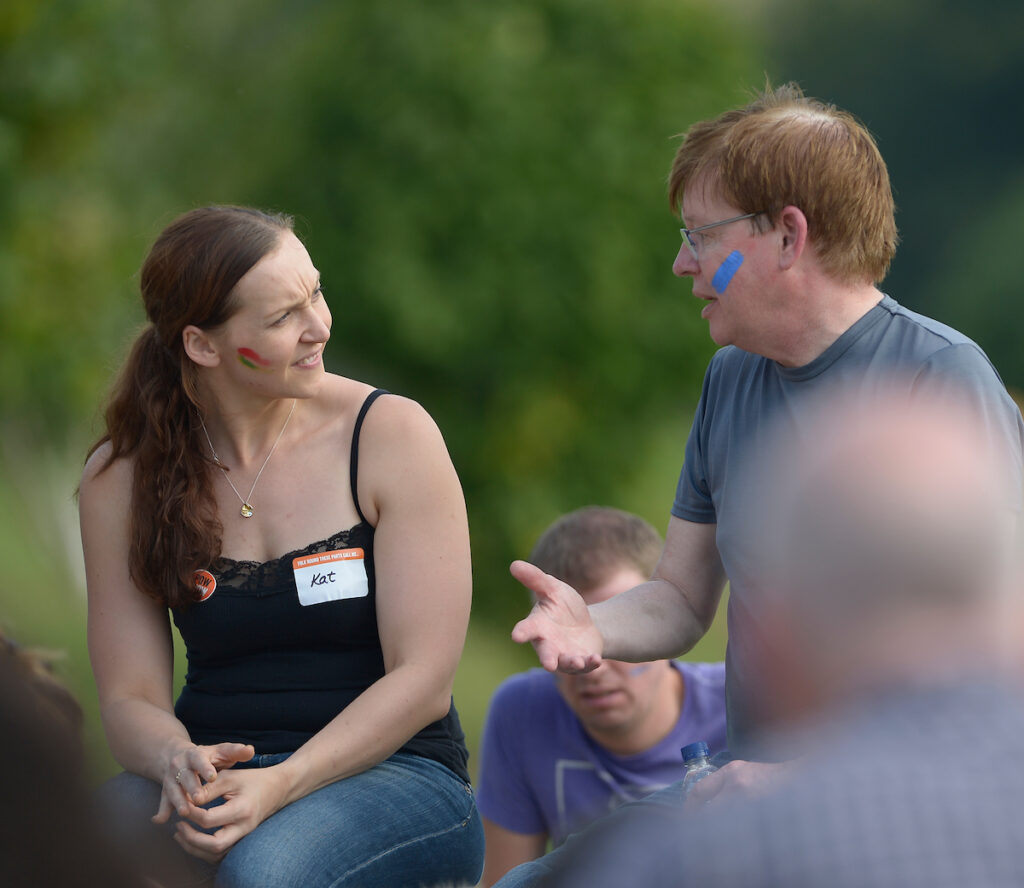
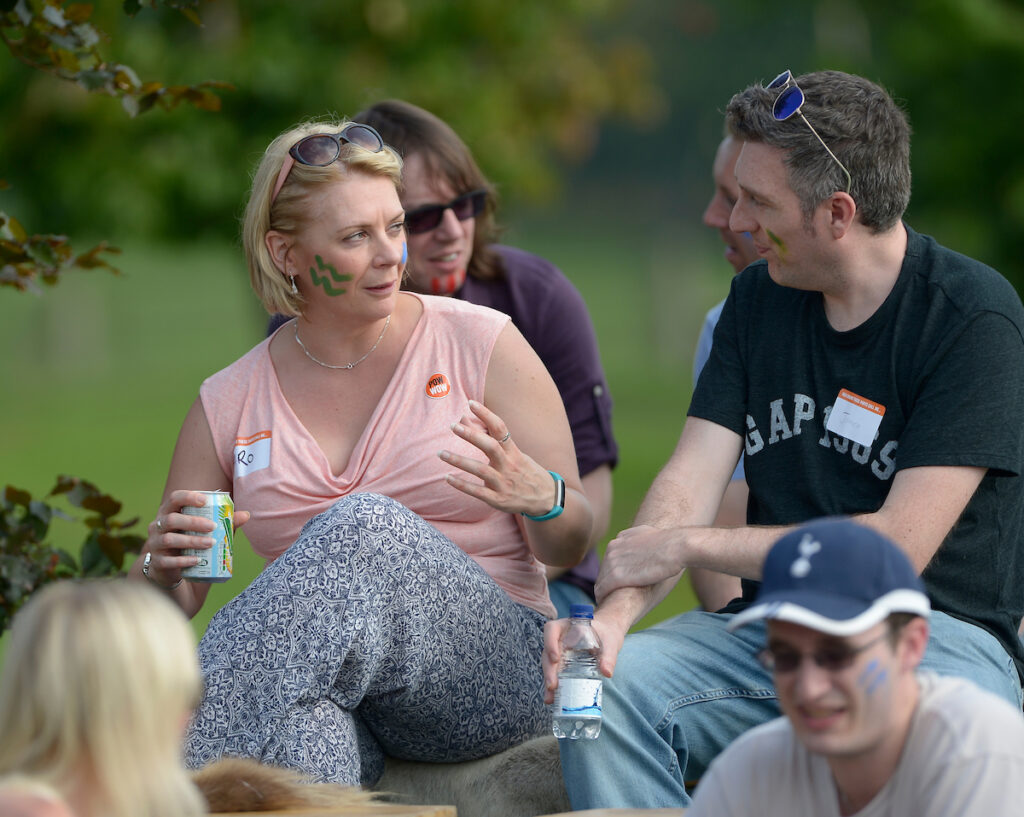
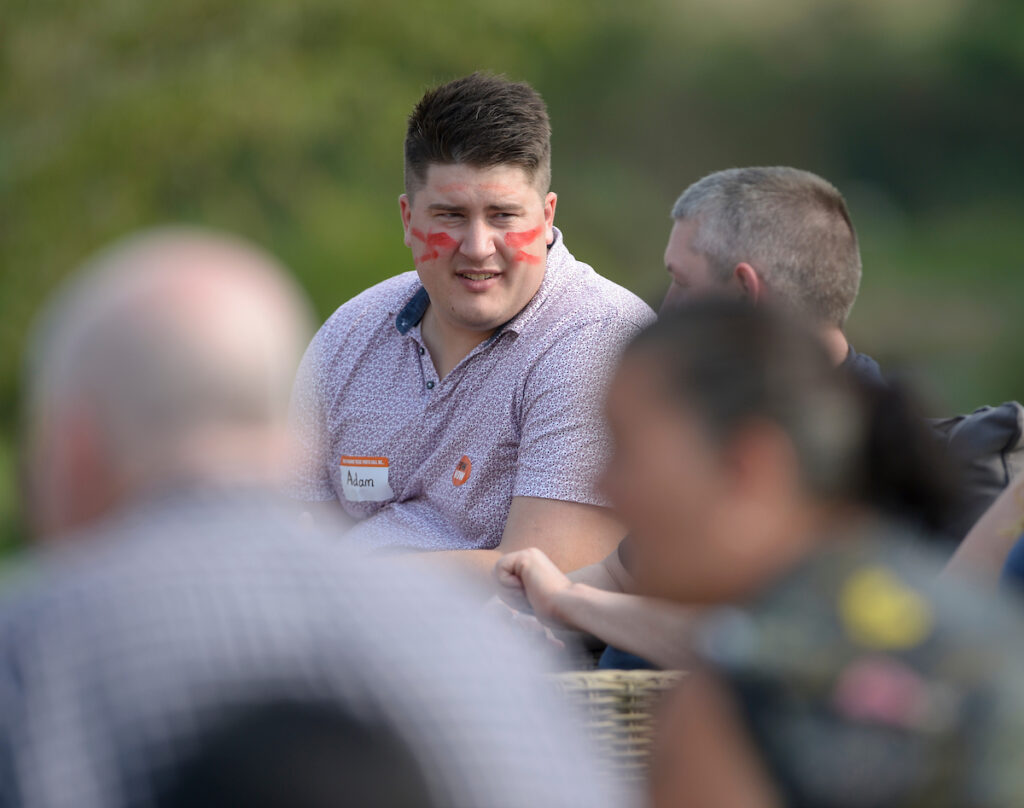
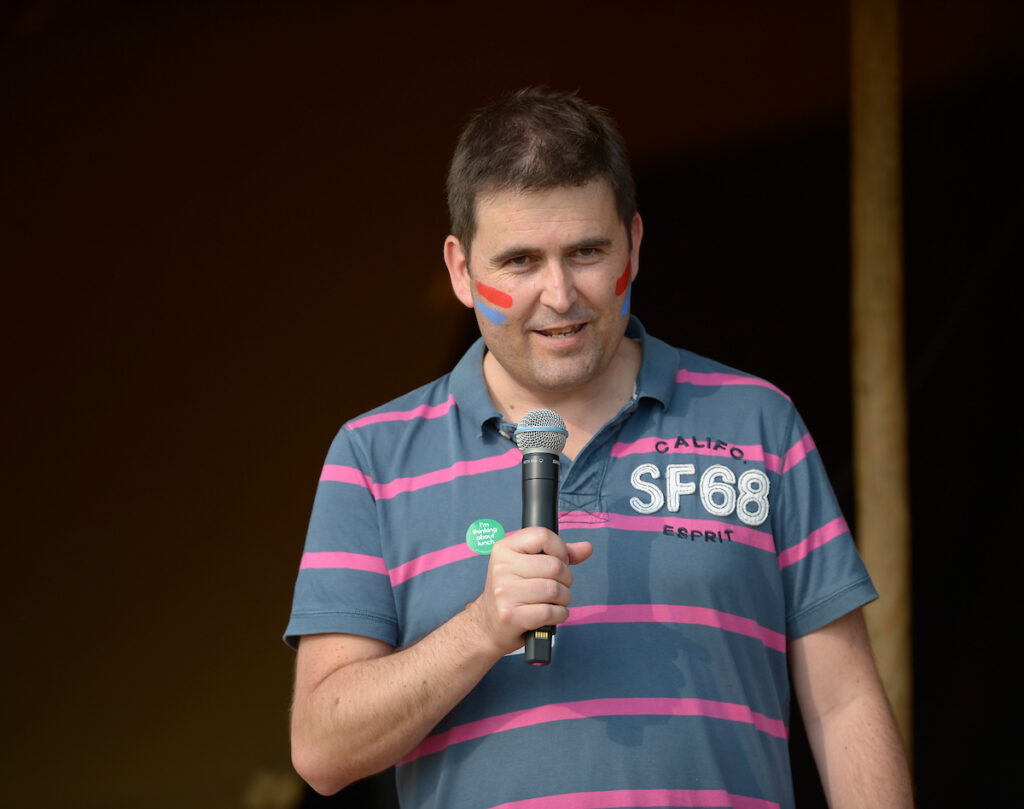

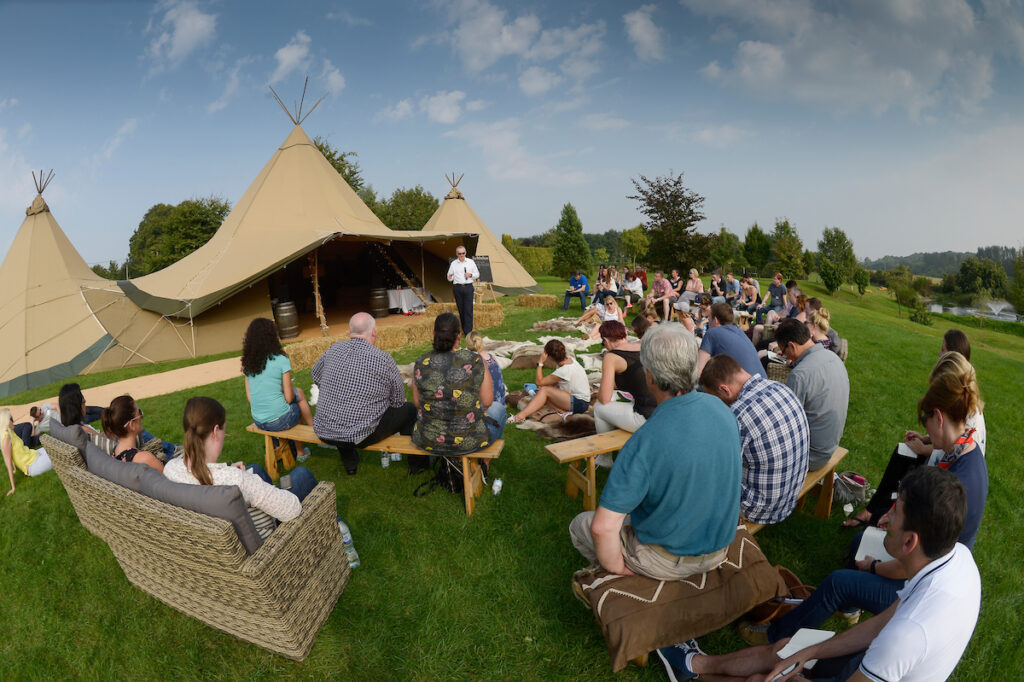
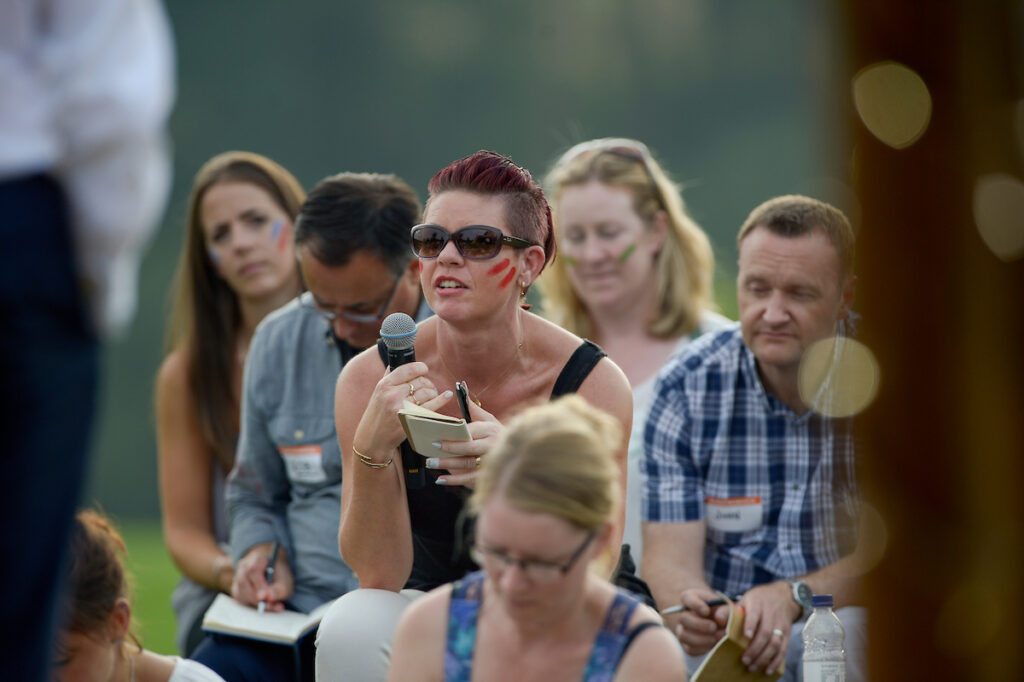
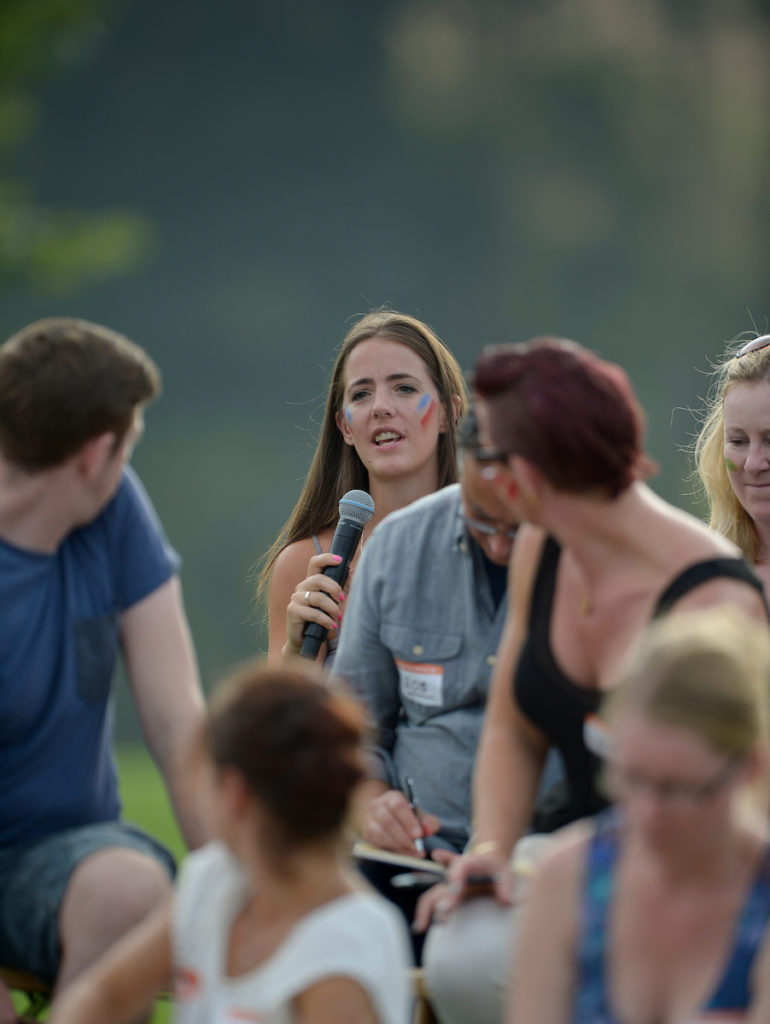
Report writing always features in Powwow participants’ suggestions as a topic to tackle. We have always covered it, but had never done a day 100% dedicated to it. Until now.
Enter the report writing Howwow bonanza. This was new territory. We had no idea if it would work or not. Especially as, like all Powwows, we’d want the content and style to be spot-on but different to the norm.
A spreadsheet and conversation later, we had the minimum number of tickets we needed to sell to make this possible. We launched with 75 tickets. Those sold out in a week and the waiting list kicked off. We managed to push capacity up to 91, but that still left 40 on the wait list plus requests to take the Howwow up North. When the day arrived all 91 Howwowers turned up. We’d never seen a 100% turn out at any Powwow or other financial services event before. It’s safe to say that looking at report writing in-depth is popular.
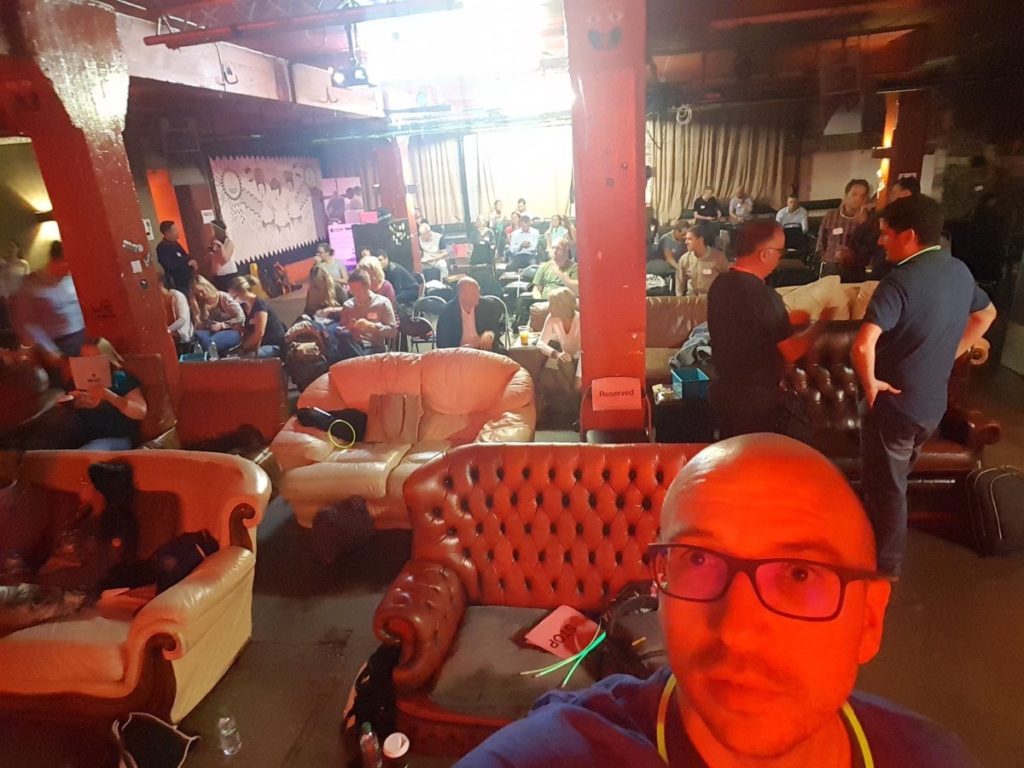
On the day of the Howwow we used real-life report examples to work through three aspects – The Words, The Tech and The Rules, with our great gurus sharing their insights. There was so much good stuff that came out from the morning ‘show & tell’ sessions and the more intimate campfires in the afternoon. That’s why we are sharing right here all the useful resources from the day.
Get the full slide deck from The Words and The Rules gurus – for those there it includes the awesome Joe Craig’s big finish this time – all available to download here in either PDF or Powerpoint. Plus, an added bonus from The Tech corner, David from Brochet has built a template with lots of automation for you to play with and adapt to what you do. You can download it for free here.
A massive thanks to Aegon and James Hay who played a big part in making this happen. It’s great when supporters are prepared to back an idea that’s unconventional and then participate in the true spirit on the day.
Don’t forget, if you’d like to carry on the conversation you can on the Big Tent. If you didn’t attend this event for whatever reason and want something similar near you, send us an email [email protected] and we’ll see what we can do.
Hold your horses before you shoot off. Does another event tickle your fancy? Well you’re in luck…
Next up is the BIG one aka the Paraplanners National Powwow. Join us on 14 September in rolling countryside, under open skies, in teepees. Yes, real teepees! Tickets are available RIGHT NOW. Head to the event page to find out more.
*Report writing Howwow photo was taken by Benjamin Fabi. Indeed we were in nightclub in trendy Brick Lane!
Welcome to a brand new series of blog posts where we’ll be sharing real-life case studies written by real-life paraplanners. Why? Because whilst theory is always good, nothing beats hearing how the technical stuff gets applied in practice from actual paraplanners themselves. So here’s the first in the series, where paraplanner Nathan Fryer talks about making a difference for your client.
Case study: Getting the best client outcome
Name: Nathan Fryer
Tell us a bit more about you, Nathan: I’m the founder and Director of Plan Works, a provider of outsource paraplanning. I also co-host Powwow Down South and you may have spotted me on a couple of the Howwow online panels.
What’s your case study all about? This is an example of how analytical thinking can make sure that the client gets the best possible outcome.
Ok, over to you…
As a paraplanner I question everything as I don’t like to simply “do as I’m told,” some advisers like this and the ones that don’t are no longer clients. In my mind, unless you are prepared to be challenged on the advice being given then you do not have the client’s best interests at heart. This is not to say that I know everything, because I don’t and I wouldn’t be being honest if I said I think I did know everything.
Last week an adviser approached to construct a case for a client who was over 55 but under 75 earning just over £100,000 a year with vast sums of assets.
The client had approached the adviser as they wanted to commit a sum of £650,000 to help provide an income in retirement and assist his two children when he is no longer around.
The client didn’t, at this stage, want to give the assets away in full and has not made any pension contributions in this tax year, but fully utilises the available ISA allowance each year and plans to continue to do so from other savings.
The adviser approached me to construct a report recommending the investment funds and products that might be suitable. On the surface it looked like a General Investment Account might do the job but I carried out some tax-wrapper analysis and concluded that a blend of products might work better.
I concluded that the client could make use of his annual pension allowance together with an investment bond and a General investment account.
- The client is expected to only be a basic rate tax payer in retirement
- At this stage we did not have information about the previous three years contributions or in fact whether the client had a pension scheme at all. Carry Forward will be investigated at a subsequent meeting
My proposal was that we place £32,000 into a pension, meaning that he will benefit from immediate tax relief of £8,000 and further £10,000 through the client’s tax-return. Place £60,000 into a general investment account to be able to fully utilise the dividend allowance which I have assumed will reduce to £2,000 next year meaning that the client can receive 3.33% dividend return (3.50% is the average dividend yield of the FTSE all share). Then place the remainder into an onshore bond. This means that whilst the client remains a higher rate tax payer they can access 5% withdrawals each year (tax deferred) which based upon the initial investment of £558,000 would amount to £27,900 (not allowing for adviser ongoing fees.) This £27,900 could either be given to his children or used to make further pension contributions.
So what is the impact of what the adviser has recommended?
Personal Allowance – The client in question was earning £110,000 therefore the personal allowance of £11,500 was being reduced by £1 for every £2 over £100,000 meaning it was £6,500.
| Gross Income | £110,000 |
| Personal allowance reduced by £5,000 | £6,500 |
| £6,500 @ 0% | £0 |
| £33,500 @ 20% | £6,700 |
| £70,000 @ 40% | £28,000 |
| Total tax | £34,700 |
When making the pension contribution, this has the following impact:
| Gross Income | £110,000 |
| Less personal contribution (Gross) | (£40,000) |
| Adjusted net income | £70,000 |
| Personal allowance | £11,500 |
| Amount on which tax is calculated (£110,000 – £11,500) | £98,500 |
| Income tax on £73,500 (basic rate extended by £40k) @ 20% | £14,700 |
| Higher rate (£110,000 – £11,500 – £71,500) £25,000 @ 40% | £10,000 |
| Total tax | £24,700 |
Difference = £34,700 – £24,700 = £10,000
So not only has the client benefited from £8,000 immediate tax relief, he has also benefited from £10,000 income tax relief therefore saving £18,000.
You may argue that the client has to pay tax upon taking income from the pension to which I have a few responses.
£32,000 into the pension plus tax relief is £40,000. If we ignore the impact of any growth or inflation the client will have £40,000. 25% is assessable as tax free cash i.e. £10,000 and the remaining 75% is taxable at 20% which provides a net of £24,000. £10,000 + £24,000 = £34,000 meaning that even after tax, the client has made £2,000 or 6.25% return.
In addition, we could argue that if the monies were to be left in the pension for his children, it would not form part of the estate for inheritance tax purposes and therefore could save 40% on the £40,000 which is £16,000.
Investments
I suggested that the client put £60,000 into a GIA as this would broadly utilise the annual dividend allowance meaning that the client can achieve a dividend return of £2,000 a year without having to pay further tax and any interest income will be taxed at 40%.
The onshore bond would be taxed at source by 20% on any interest income, property income, rental income and offshore income gains this is versus the GIA that would be taxed at 32.50% on any dividend income and 40% on any interest income which would be added to the clients other income and taxed at the marginal rate.
Broadly speaking the gains on the bond would be taxed at 20%.
Overall
The original thought was to put £650,000 into a GIA meaning that if we assumed a dividend return of 3.50% and an interest return of 2.0% the client would pay £6,743.75 in dividend tax, based upon the £2,000 allowance and £5,200 income tax, which totals £11,943.75 each year.
The recommendation has resulted in the client receiving tax relief upon the pension contribution totalling £18,000 (before withdrawal) or £12,000 after withdrawal.
The client would pay nothing on the dividend return from the GIA and £480 a year on the interest income. Within the bond it would broadly pay £1,953 on the dividend income (assuming the 50% is UK and 50% is international) and £2,232 on interest and other income.
What does this mean?
The original tax position was a bill of £11,943.75.
The new strategy results in positive net relief of £13,815.
This does not take into consideration the future savings by taking 5% from the bond, placing into the pension each year which would be £27,900 which would benefit from a further £6,975 immediate tax relief and £8,975 income tax – £15,950 each year.
DISCLAIMER
This is not specific advice and should not be read as such. If you need advice, please get yourself a decent financial adviser.
Want to share a technical case study with your fellow paraplanners? Pop your idea down on an email to [email protected] and we’ll help you do just that.
By Caroline Stuart, Paraplanners Powwow 2017’s NEW host
So we are now approaching the fifth National Powwow, one of the best professional events I’ve ever been to and my personal favourite.
Roll back four years and I think that if you had told those first intrepid Powwowers that not only would it still be going strong for the fifth time, but there would also be a whole range of mini local Powwows, online Powwows, (Howwows for those not familiar with the lingo!) and an online forum ‘The Big Tent’ , there may have been a few raised eyebrows, but not many.
I, for one, am not surprised at the popularity or longevity of the Powwow. It is fantastically organised by Richard and his team, who have taken it from an idea to an event to virtually a movement.
It doesn’t surprise me because the evolution of the Powwow has been largely driven by the demand for what it offers and the people demanding it. I don’t want to get all evangelical extolling the virtues of paraplanners because there are high-quality, dedicated people in all parts of the financial planning profession; but this is the group I am most familiar with, and my experience is a group of professional people with a real passion for what they do and the clients they are working with. They are always striving to improve how they do things and then sharing that with their fellow paraplanners. The Powwow gives a perfect forum and platform for that learning and sharing.
The originality of the Powwow means it is a completely unique event. For many years, I went to conferences and seminars to learn about a tax or legislation change or new product offering, and to maybe try and meet some of my peers in the breaks. However, how these would often turn out, in reality, would be me standing in a corner enjoying the finger buffet, reading some piece of literature I had been given whilst avoiding eye contact with all people at all costs. I would certainly never have spoken up or asked a question. As I was not an adviser or sales consultant, who were predominantly the attendees of these things at that time, I would quite often feel like a peanut in a packet of crisps, very much like I didn’t belong or had secretly snuck in for the free bacon sandwich.
But then came the Powwow, and this was something new and very, very different. I found myself in a teepee in a Northamptonshire field with a load of like-minded people and an awful lot of chocolate. I don’t know whether it was the campfire, the lovely new Moleskine notebook I had been given or whether I had just had a little too much sugar, but for the first time I spoke up and joined in. To me, this is what I love and what is so great about the Powwow; it embodies all the good qualities you find in the paraplanning community; it is warm, welcoming, friendly and fun, and enables anyone to get involved.

Since then, I have helped run a mini Powwow and sessions at the main Powwows. Having been at all of them, I have seen new faces come over the years, and like myself go from someone who is attending – taking everything in but perhaps staying quiet, to the following year questioning and commenting, and then to finally participating and helping.
I have seen so many different subjects covered at the Powwow, from Compliance to Design Psychology, DB Pensions to Efficient Technologies and ‘The History of Investing’ also known as ‘What did the Romans ever do for us?’ There really is something for everyone, whether you are a pensions nut or a techno-geek, you will find something that floats your boat, and did I mention the chocolate, (also see sweets, ice cream and barbecue!)
I personally have got so much out of the Powwows; they have without doubt helped me develop and progress professionally. But more than this, I have also met some really great people and made some really good friends, so when Richard announced last year could be the last one and he would no longer be hosting, I knew I had to volunteer and get involved. I wanted to do whatever I could to help make sure that the Powwow wagon continues to roll, and continues helping and supporting paraplanners the way it has me.
It feels like the Powwow has almost become a force of nature; it is an annual fixture in many paraplanners’ calendars including my own, and so hosting it is, of course, a bit daunting. I am not worried though because I know that I will be amongst some of the most friendly and supportive people I know, and it will be brilliantly organised by seasoned experts!
The Powwow embodies everything positive in the paraplanner community and I just want to help it be around for as long as paraplanners want it to be. I just hope that I can help make this year’s as much of a success as the previous four and that people get as much out of it as I and others who have been through that wonderful Teepee have!
This is the original version of Caroline’s article for Financial Planning Today and was published June 2017.
Tickets are on sale for Paraplanners Powwow 2017 now – just click this link!
Howwows are for those times when we want to focus on ONE topic in particular and, in depth.
For 2017 we’re planning on holding more online Howwows, in addition to four face-to-face ones. In fact, online Howwows are scheduled for every last Wednesday of the month, at lunch time (1-2pm for most normal folk), so you can join in while eating your sandwich.
If you’ve never tuned into a Howwow online or you’re a bit rusty on it all – this handy guide will help you on your merry way.
1. Sign-up to online Howwows
We’ll be listing upcoming Howwows on the Powwow website every month. Alternatively, just pop over to our Powwow channel on Crowdcast, and you’ll find the next Howwow there waiting for you to register.
Plus, we’ll let you know when they go up via Twitter, the Powwow Post, and if you hit follow on the Powwow Crowdcast Channel
2. How to join the Howwow on the day
Keep an eye on your inbox at 12:50pm, on the day of the Howwow. Around about then, you’ll receive an email which includes a link to click to join in.
As a heads up, the webinar isn’t supported by all browsers, so we suggest downloading Chrome or Firefox ahead of the Howwow to avoid any delay in joining, or you could just download the nifty free Crowdcast app (that’s the webinar platform we use) for phones and tablets from iTunes or the Chrome Web Store. From there, all you need to do is sign in.
We’ll do a tiny bit of tech housekeeping at the beginning of each Howwow, that way you’ll know what’s what – it really is painless, we promise. You don’t need anything fancy, just the ability to watch, listen and type.
For those that share office space, you may want to tune in using earphones or headphones.
3. Drop-in when you want
You can tune in when you want, for as long as you want, from wherever you want – we’ve even got folk tuning in from Canada (Hello over there)!
4. How do online Howwows work?
For each Howwow there will be a small panel of paraplanners. They’ll kick off each Howwow by asking what’s on your plate – where you can chat about current day-to-day issues with other paraplanners.
Next up, will be the main topic for tackling in depth. In true Powwow style, we don’t know what these all are yet. That’s because you get to shape what topics to focus on.
Once you tell us what you’d like covered, we’ll do our best to put an A-team panel together for it.
All the way through the Howwow, you’ll be able to post questions, chat with other Howwowers (using a text messaging type thing).
The big idea is for panellists to make sure your questions, ideas and thoughts are shared with the Howwowers.
5. Can’t wait to pose a question?
Not going to make it to the Howwow or sure you’ll forget your question, then make sure you fire it over to [email protected].
6. Can I be on the panel or suggest topics?
The answer is yes to both!
If there’s any topic that you’re keen to share your views on then let us know. And of course, there’s no rule saying you have to be a panellist to suggest a topic. Get in touch by emailing [email protected] or tweeting @ParaPowwow.
7. Missed a Howwow?
We know at times the Howwow stars don’t align, and you just can’t make it. But, we’ve got you covered. You can head back over here – at any time – and find a recorded version lurking.
Plus, if it totally slips you mind, don’t worry we’ll always let you know there’s been one. Just follow us on Twitter, or sign up to Powwow Post, or hit follow on the Powwow Crowdcast channel, or in fact just do all three because, like Aerosmith, you ‘don’t want to miss a thing’.
What a great year 2016 was for the Powwow, thanks to all of you.
You ran three Mini Powwows, we held our first ever online Howwow, we kickstarted the debate on paraplanner standards, and the fourth national Powwow took place in the rolling countryside, under open skies.
So what’s next? We gave you a little teaser here and there in the press, but as an exclusive for Powwowers, here are the juicy details of what’s in store for 2017.
We’re growing…
Your feedback has inspired us to find new ways for the Powwow to help us all to fix, learn, and share things. We’ve looked at what we’re doing, talked to some of you, and are adding a couple of new formats to the Powwow line up.
How have we done this? We still have a panel of supporters. We couldn’t do this without them. But the Powwow remains unwaveringly independent. It is steadfastly designed by paraplanners for paraplanners. And that’s why there’s lots here for Powwowers to do, to help with, and more importantly to shape.
So, in no particular order, here’s what’s coming up…
Back by popular demand…
Put the date in your diary. On Thursday 14th September, we’ll be reuniting under those open skies for the national paraplanners Powwow. But there’s a big difference this year. This year, the national Powwow really needs you!
We’re calling for volunteers to help make the day a success. From leading sessions, to hosting, to helping us to find good speakers, there are tons of ways you can help out.
While Richard is still involved, he is stepping back the level of involvement. So, it’s never been more true; what you get from the Powwow, will depend on what you put in.
Ready to chip in? Then email us to volunteer. No matter how much time you can give, or what you’d like to do, we’ll find a use for you.
More mini Powwows
Powwowers have taken the Powwow raison d’etre to heart, holding mini Powwows up and down the land. These pint-sized events have all the traits of the national, but are local to you and fit around work.
It turns out you want to keep meeting with your fellow paraplanners, continuing to share, learn and fix things, with or without a teepee.
In fact, we’ve heard whispers of demand for mini Powwows in a few more outposts. So we’re looking for volunteers to help organise in Northern Ireland, Wales, Central South and the East of England.
Interested in finding out what’s involved? Get in contact.
There are already some in the pipeline so keep your eyes peeled for a mini Powwow coming soon to a town near you.
Get a little know-how at a Howwow
Howwows are for those times when Powwowers want to focus on ONE topic in particular and, in depth. This year, we’re introducing Howwows for professional development and are trialling them in two formats…
First up, we’re continuing the online Howwows. These are scheduled for every last Wednesday of the month, at lunch time so you can join in while eating your [insert a filling] sandwich.
Here’s the heads up. February 22nd, 1-2pm. That’ll be the first one. Tune in and we’ll be asking two questions: What’s on your plate, and what do you want to cover in these. And of course, if you have any brain waves in between now and then, drop us a line.
Next up, we’ll be holding four face-to-face Howwows this year. In true Powwow style, we don’t know when, where, or what they’re going to cover. Because you get to decide that.
We’ve heard through the grapevine that a report writing Howwow would be a good idea. But no decision is final. Because, you’ve guessed it, we’ve put together a Powwow survey. Complete the very short survey, and tell us what topics you’d like covered in-depth and whose opinions you’d like to listen to.
Once the score is on the boards, we’ll do our level best to make it happen.
When it’s broke, we fix it
Fix. Learn. Share. These principles lie at the heart of all things Powwow. And this year, we want Powwowers to take one of these a step further. We really want the views, experience and insight of paraplanners to make a difference. We want to start fixing things.
So, when fixing platforms was raised in the Big Tent, we thought, let’s do this! Let’s give the platforms something to do (or at least mull over) from paraplanners.
Fairly soon, we’ll be asking you to share what you think about platforms, what would make your life easier etc. And then we’ll share it with them. All of them. We won’t be asking questions that tell them what they want to hear. This is a space for warts and all. That way we can begin fixing things. Or at least, help others to.
And here’s a handy recap
Whoa, we know there’s a lot there! But this year, it’s never been more true that the Powwow is only going to succeed if you take part.
Raring to go but not sure where to start?
Get these key dates in the diary
14th September 2017 – National Paraplanners Powwow
22nd February, 1-2pm – First online Howwow (in fact, block every last wednesday of the month. No, really, do it)
Volunteer
For the National Paraplanners Powwow or Mini Powwows. Or both, you generous folk! Get in touch via email at [email protected].
Shape the Howwows
Tell us what topics and experts you want. Flex those survey filling muscles here.
Keep your sharp shooting eye on your inbox
…for our emails on upcoming Mini Powwows, Howwows, and fixing platforms, make sure you are signed up to Powwow Post (it’s very easy, the form is just hanging out on the right of this page).
But most importantly…
Get talking and telling us your ideas on the above or anything really. Because it’s the Powwowers that make and shape Powwow. And with Twitter, Email and Big Tent there’s no excuse not to.
“I’ve only ever worked for one financial services company and was the first person to become ‘paraplanner’. Sometimes it feels a bit like we’ve made it up as we go along, so I’d like to know more about what paraplanners in other companies do and how that compares to my roles and my expectation of the roles.”
This statement was a key part of what led me to attend Powwow South West. I’ve spent countless hours meeting new people, talking about what we do, and finding myself stumped when it comes to answering the question ‘so, what is a paraplanner?’ And I’m sure I’m not alone in googling ‘paraplanner’, only to be left more confused after scrolling through the first few pages of results.
Am I meant to be an administrator? Am I more like a non-client facing adviser or financial planner? Do I need qualifications and, if I do, which ones?
Over the last three years, my role has changed and developed. I started out as something that might have been described as an assistant to the advisers, primarily writing reports based on the advice and details provided by the adviser, but doing very little research. With my own growing experience and knowledge, this has developed into interpreting the broad financial plan, along with the client’s circumstances, and filling in the detail myself, researching specific products and coming up with the most suitable solutions in order to complete the recommendation.
Taking on more of the work has meant a need for more people in my role, so there are now two of us. But like me, my colleague has never worked for another financial services company and came to the role through an internal promotion from her position as an administrator. Together, we have spent a lot of time over the last year trying to define what it is we do, but still come up against the same problem; that we don’t really know whether what we are doing is what we really should be doing as paraplanners.
At Powwow South West it was particularly interesting to meet other paraplanners working in a variety of settings. The majority, like me, are employed in-house by a single financial services company, though one was an outsourced paraplanner working for a range of companies.
Something everyone at the Powwow seemed to agree is that it is the paraplanner’s job to take the soft facts and the broad financial requirements agreed between the adviser and the client, and fill in the details. We research the products and investments, and write to the client with the specific recommendation (usually as the adviser).
Of course, in answering one question, it raised a few others. Luckily, I was already in the right place with good company!
Following on from the question of what a paraplanner actually does is the question of what qualifications we need.
Most of the paraplanners I met at the Powwow are level 4 diploma qualified or working towards it. Many have found it useful to achieve the advanced qualifications and a couple are even working towards becoming chartered. Whether this represents the majority of paraplanners is hard to say, and having qualifications isn’t yet an industry requirement. However, it was clear that studying for and taking exams is useful, especially when we’re doing the technical part of the financial planning.
So, if we’re just as qualified as advisers, does that make paraplanning a kind of training ground for future advisers? Well, yes. For some paraplanners the higher salary of the adviser is what they are aiming for. Paraplanning provides a good base of experience and technical knowledge, as well as the opportunity to take exams without the pressure of qualifications being a requirement for the role of paraplanner. And no. Paraplanning and advising require very different skills. Paraplanners are the technical researchers, the interpreters, and the writers. Advisers, on the other hand, are the face of the financial services industry, putting the emphasis on relationship management.
For me, the most important thing I’ve taken away from Powwow South West is the reassurance that what I’m doing really is paraplanning, even if the way we got there is slightly different to other companies.
We’re really, really, really, pleased to announce that FIRST EVER Powwow for paraplanners in South Wales and the West of England will take place in Bristol next month.
In fact, tickets for POWWOW SOUTH WEST – which is being held at 3pm on 17 November at the Bristol Pavilion at Gloucestershire Cricket’s Brightside ground in Bristol – are ready and waiting for you to book RIGHT NOW at the end of this link: Powwow South West
Hosted by Ovation Finance’s Andy Marshall and Prism IFA’s Lewys Richards Powwow South West will last for about two hours and is free of charge to any paraplanners from South Wales and the West of England who’d like to take part.
Because it adopts ‘unconference’ principles, Powwowers taking part will get the chance to vote on the topics to talk about at Powwow South West closer to the time. For now – though – just make sure you book your place for November’s event by following this link: Powwow South West
Remember…
Powwows have been created by paraplanners for paraplanners. If you’re not a paraplanner – or a guest invited by a Powwow organiser –then the Powwow’s not for you.
